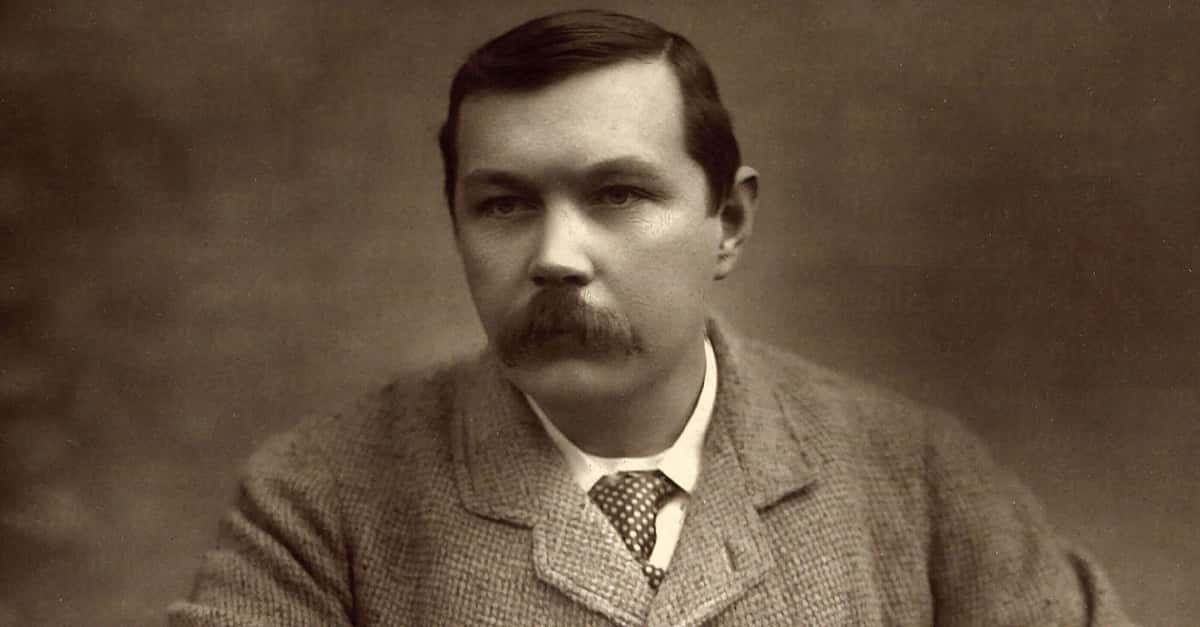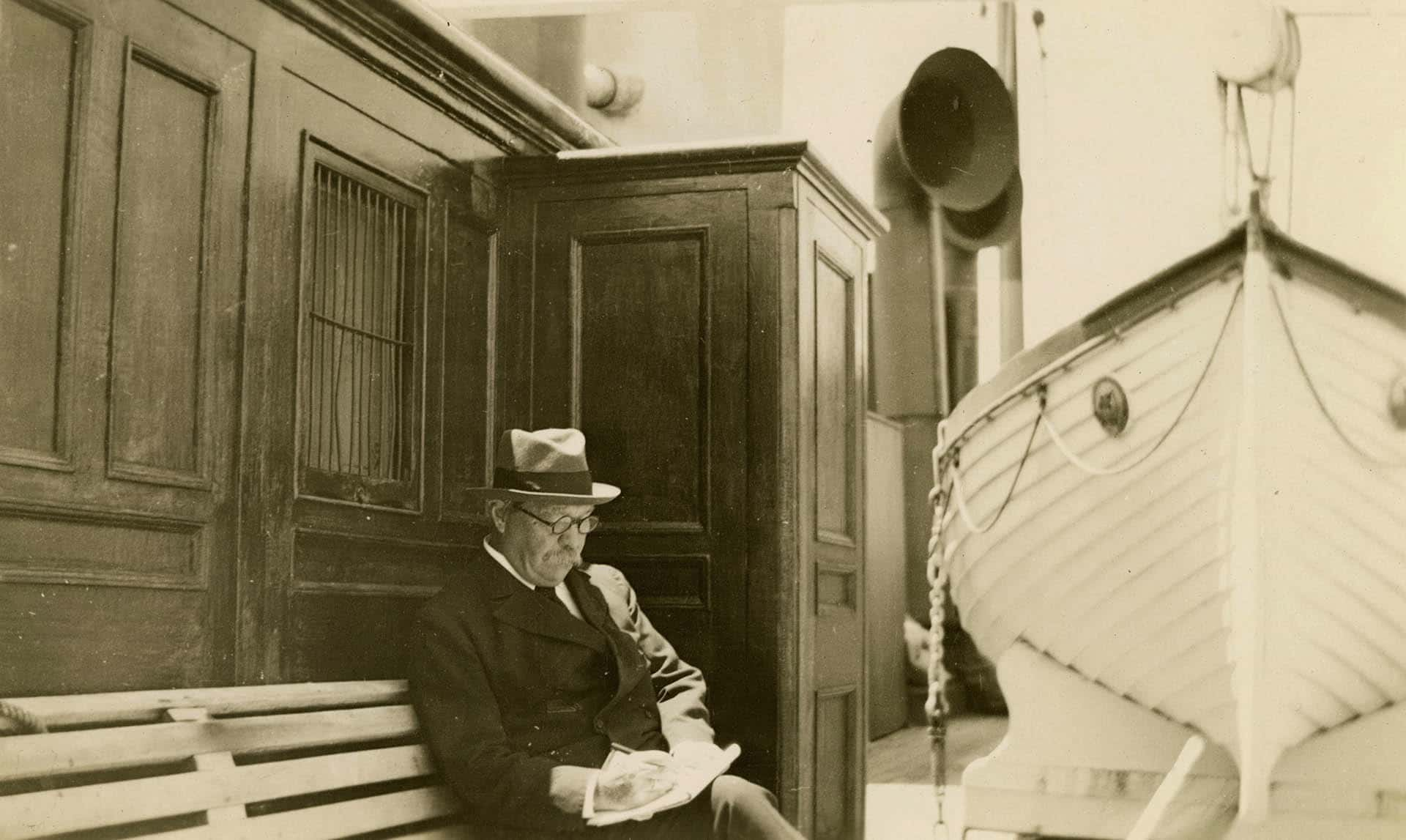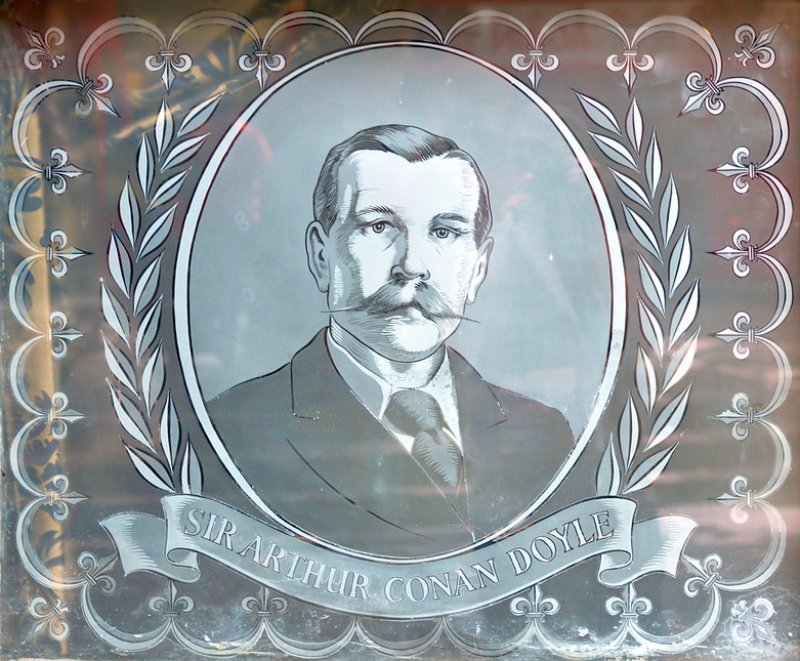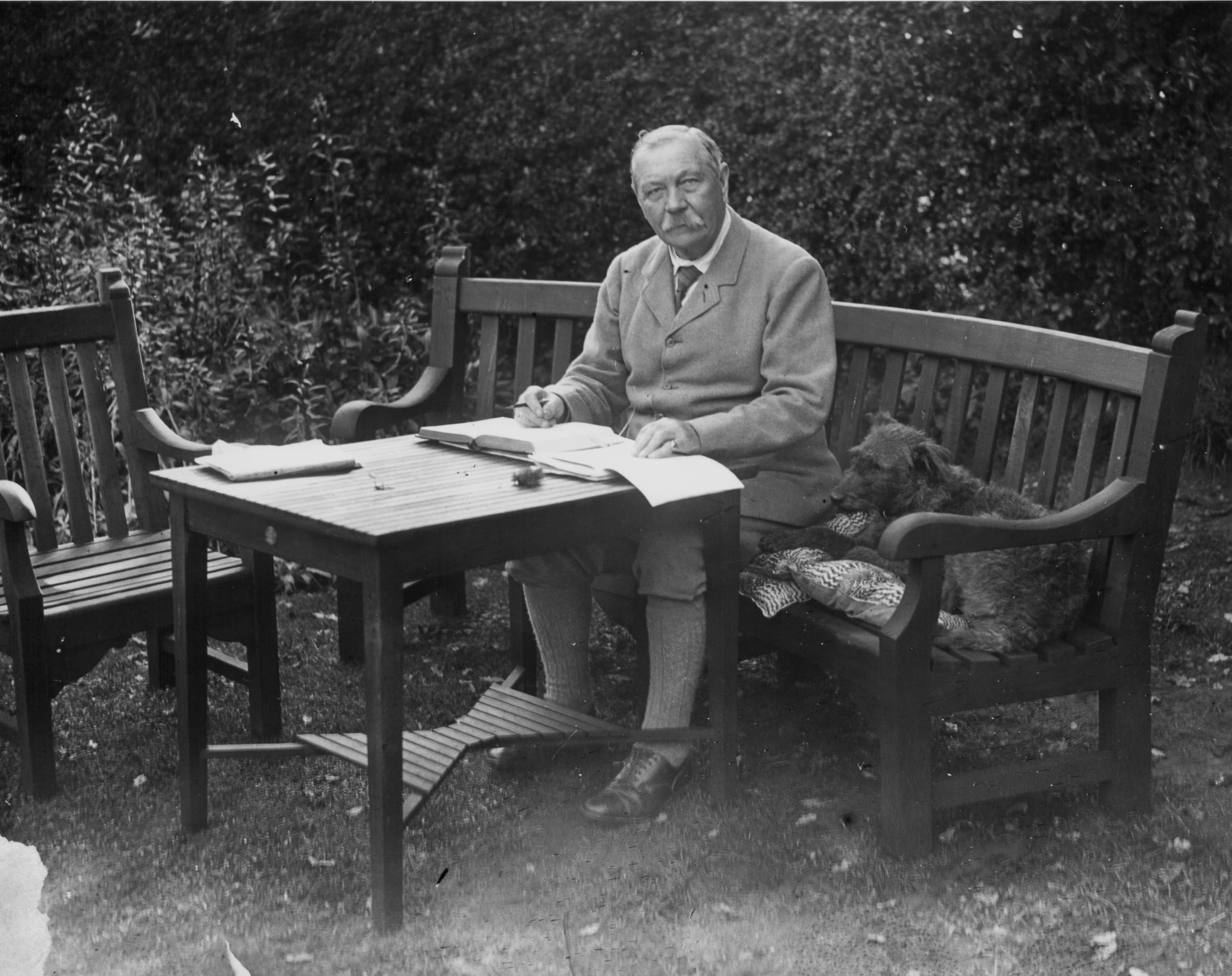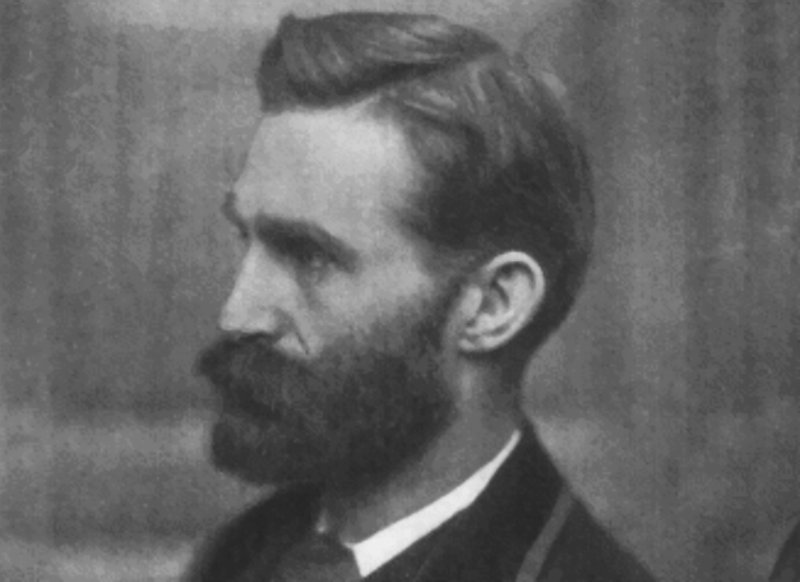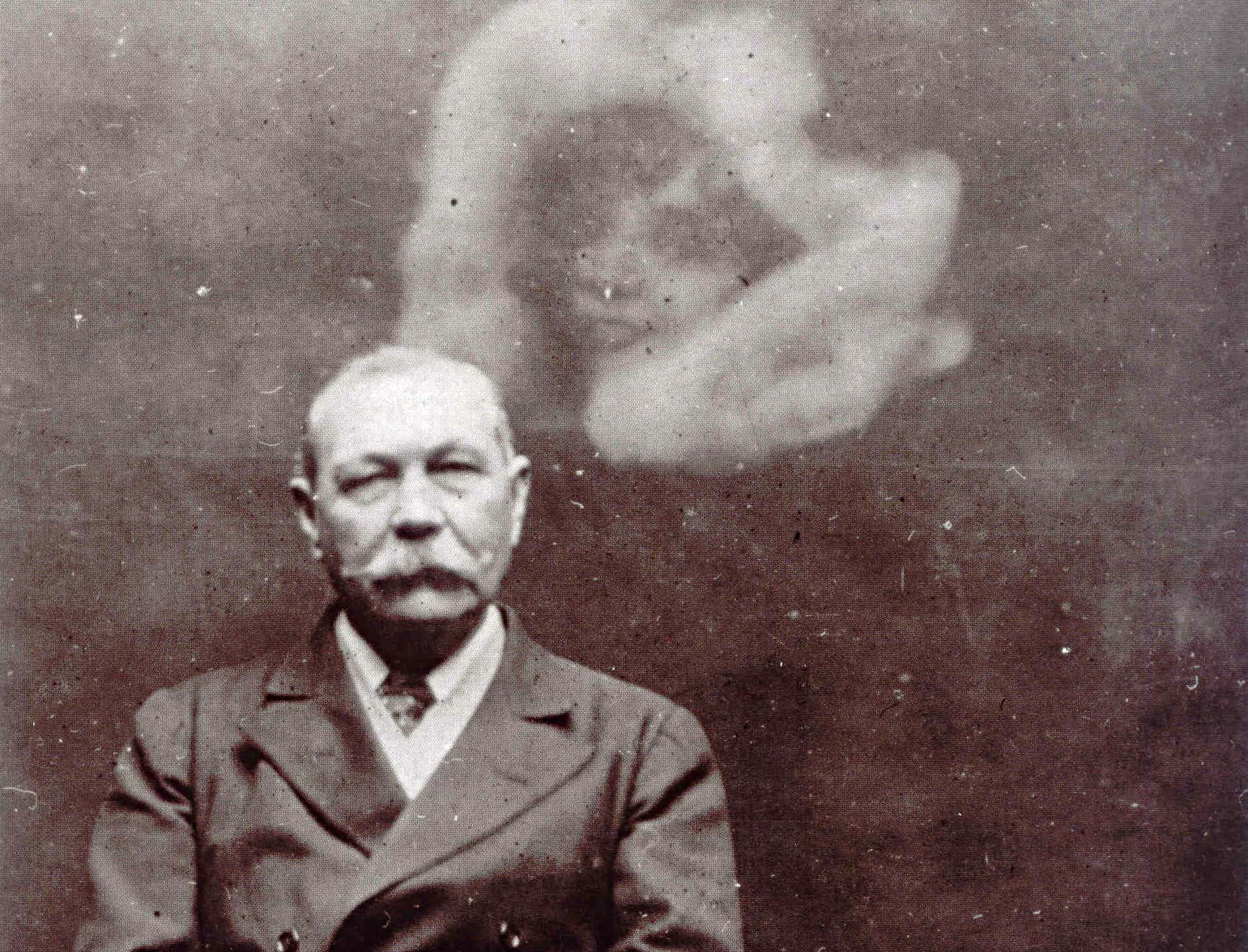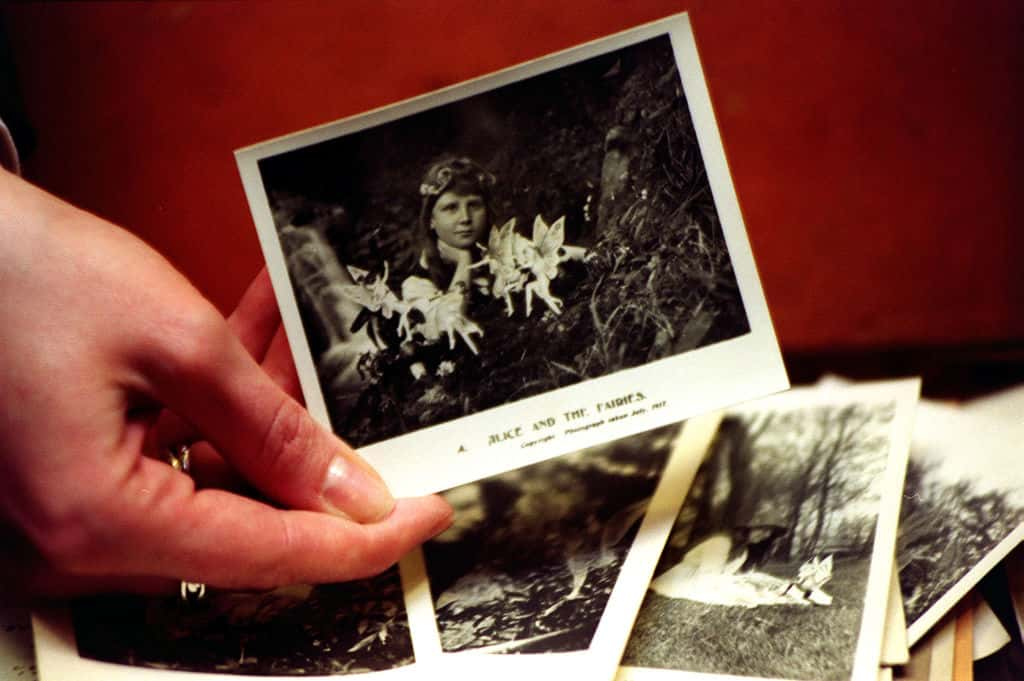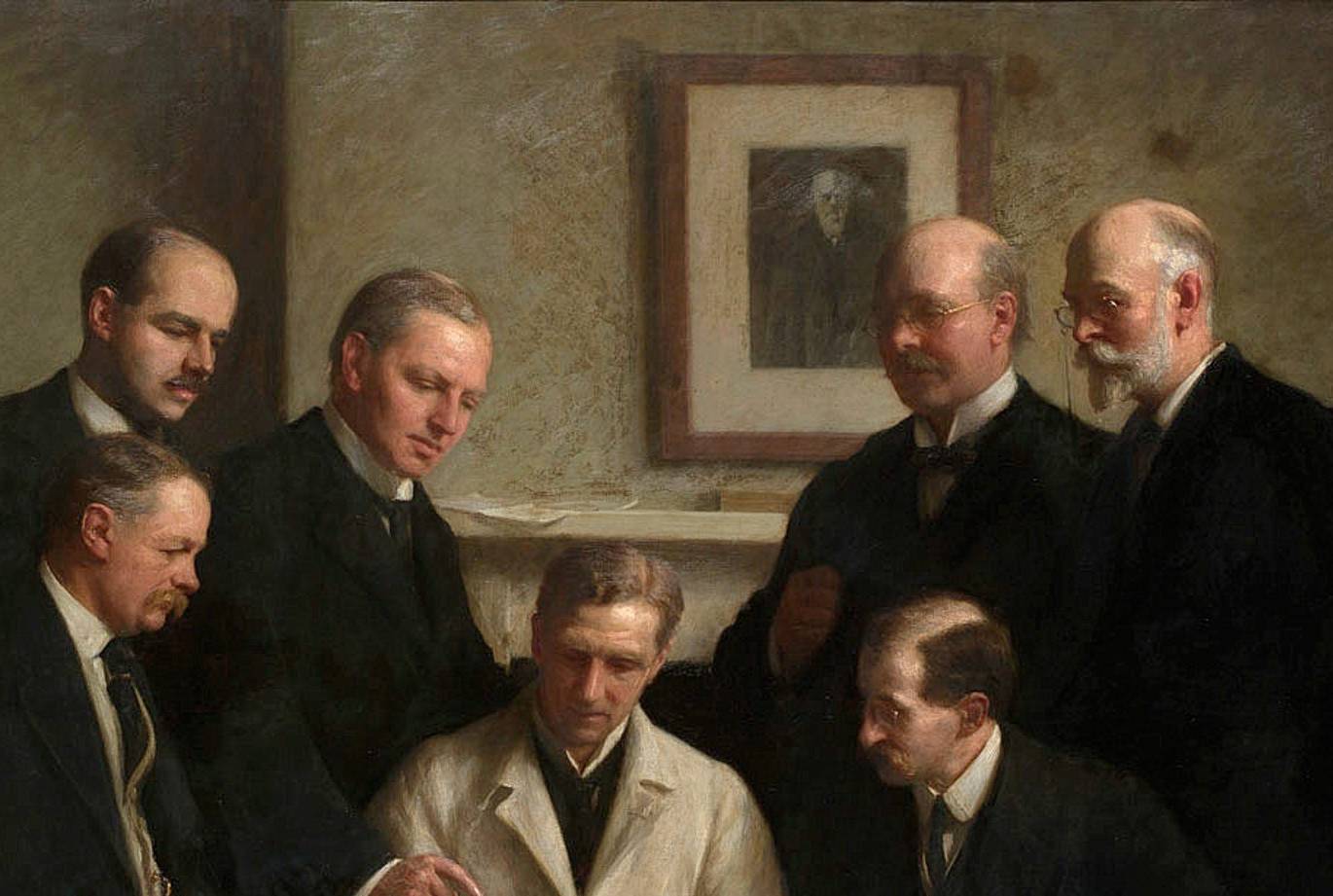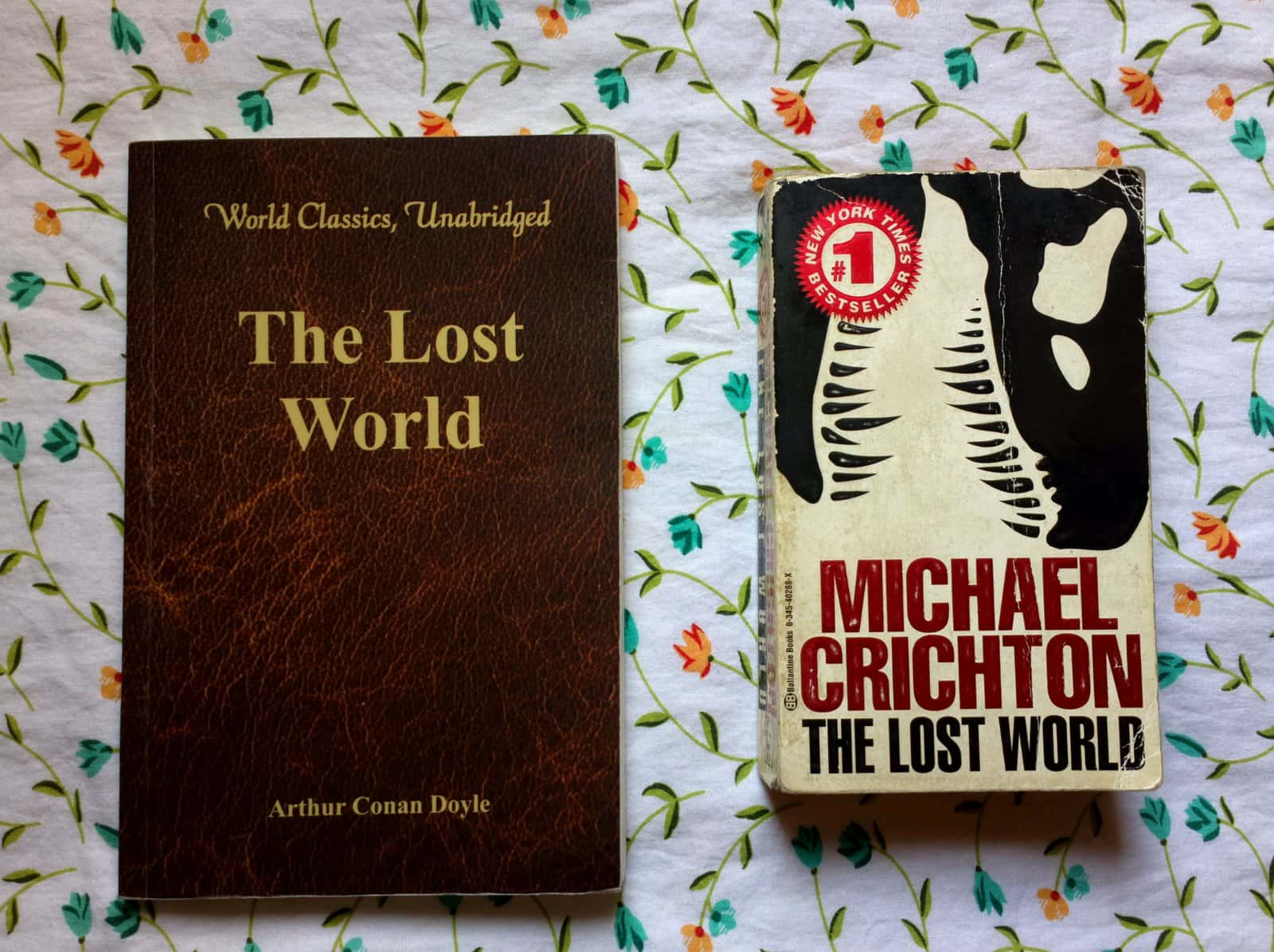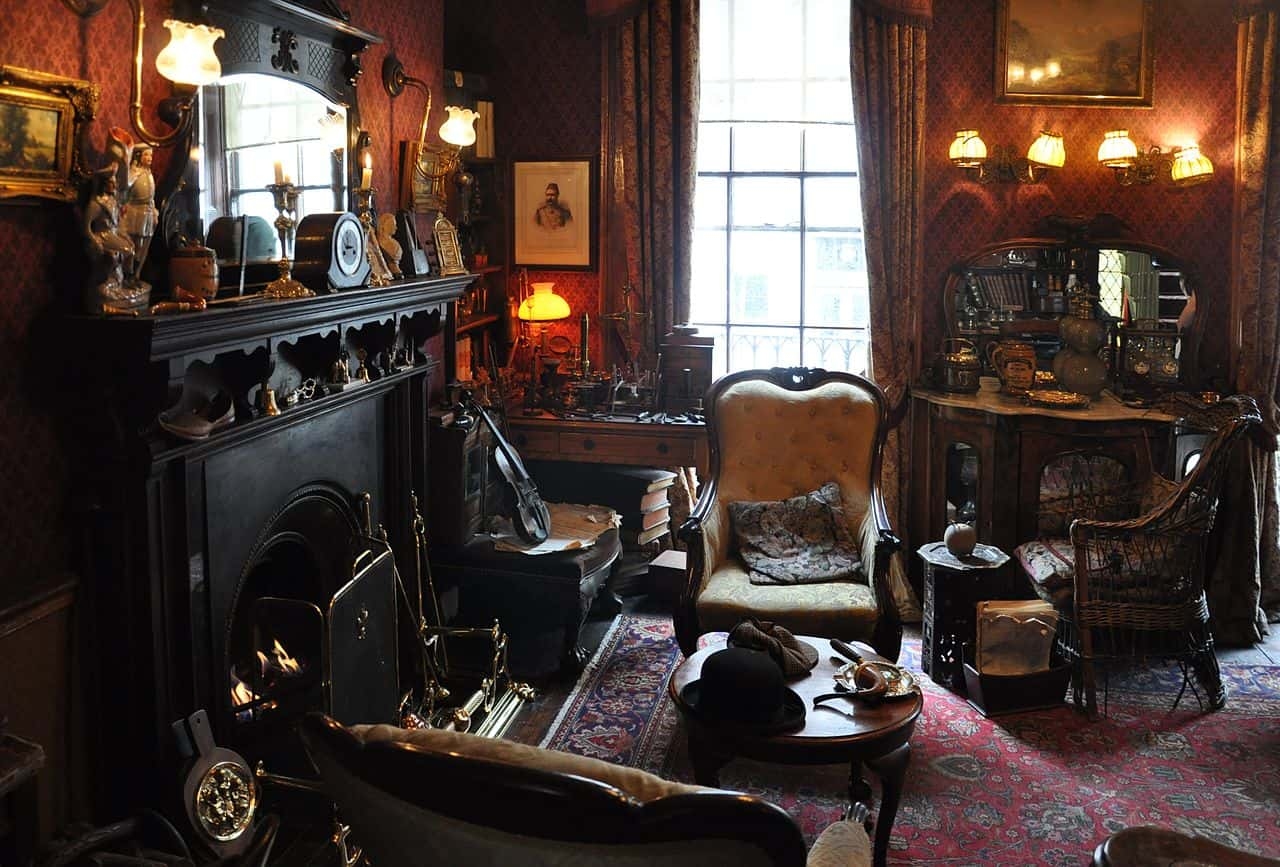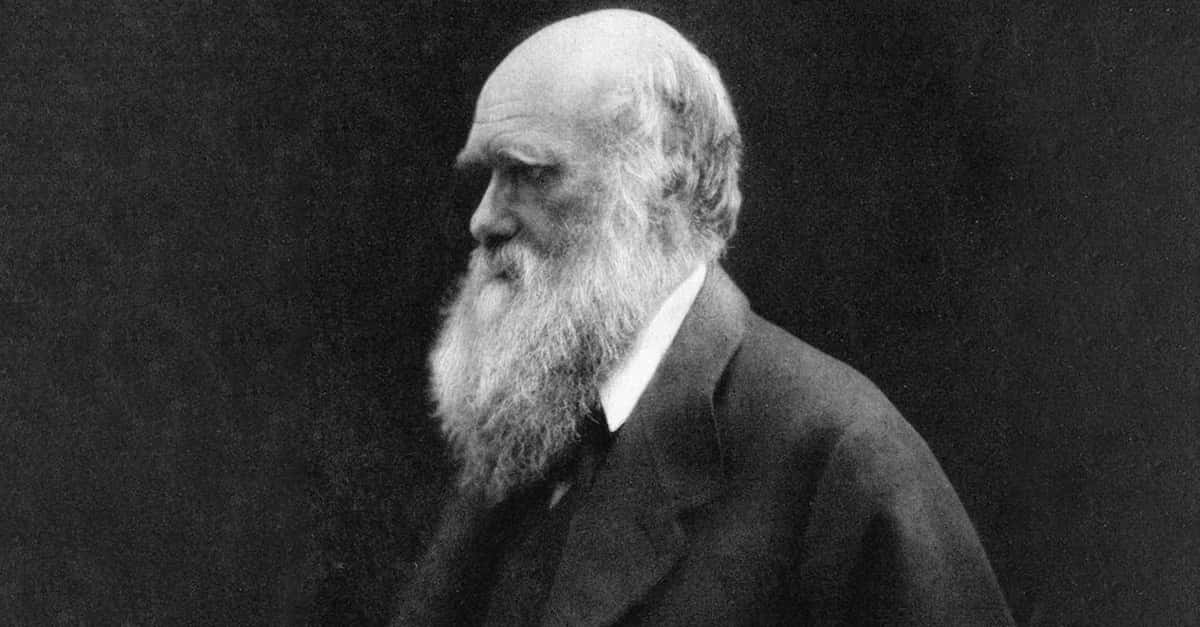Arthur Conan Doyle created one of the most famous characters of all time: The brilliant, cantankerous detective Sherlock Holmes. But who was the mastermind behind literature's greatest sleuth? From his real-life crime-solving to his strange beliefs in the supernatural, Doyle is even more fascinating than his celebrated detective.
Arthur Conan Doyle Facts
1. His Family Was Tragic
Did you know that throughout Doyle's many Sherlock Holmes stories, we never meet the detective's parents? Well, that strange omission might have something to do with Doyle's own unhappy family life. Doyle’s father Charles Alamont Doyle was an artist who failed to achieve any major success. Over the years, alcoholism and depression led him to a complete mental breakdown. In the end, he was committed to a lunatic asylum.
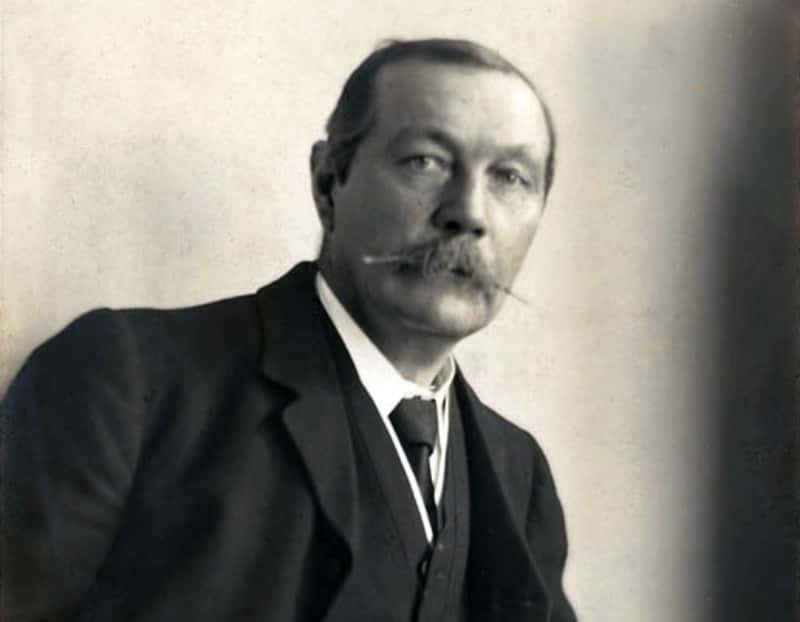 Walter Benington, Wikimedia Commons
Walter Benington, Wikimedia Commons
2. His Childhood Was Cold
As Doyle's father descended into mental illness, the family entered a dark time. They lived in "squalid" conditions and had to rely on wealthy relatives to take care of the children. This meant that instead of staying home with his mother, nine-year-old Arthur Conan Doyle was shipped off to boarding school. Looking back, Doyle said that the school was cold and the teachers were mean. If students didn't behave, they received physical punishment or were humiliated in front of all their classmates. Yikes.
 Herbert Rose Barraud , Wikimedia Commons
Herbert Rose Barraud , Wikimedia Commons
3. Everything Changed
After getting through his miserable days at boarding school, Doyle headed off to become a doctor. He attended the University of Edinburgh's medical school, where he met a man who would change Doyle's life—and English literature—forever: Dr. Joseph Bell. The Scottish surgeon's powers of deduction actually inspired Doyle's most famous character: Sherlock Holmes.
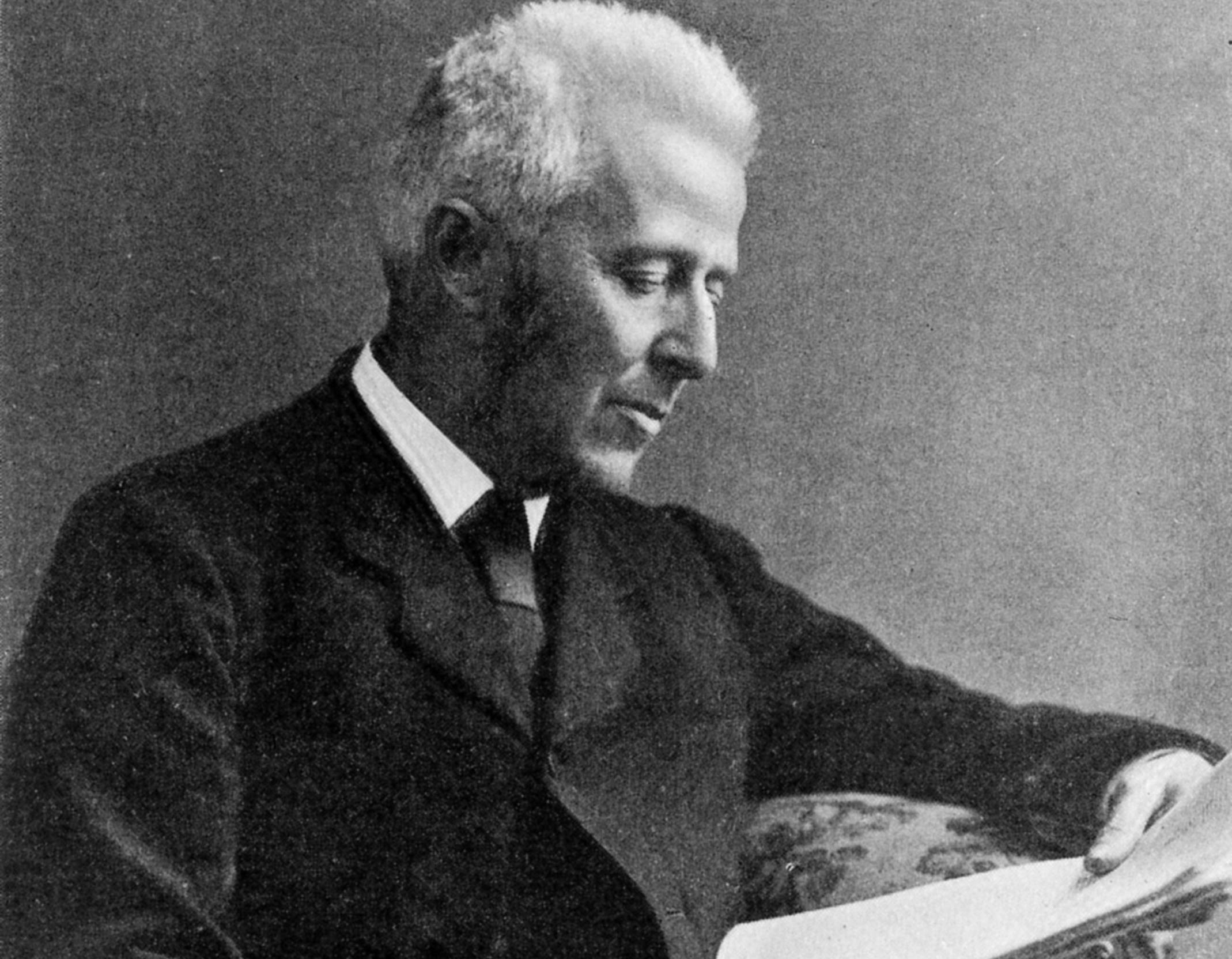 J.M.E. Saxby, Wikimedia Commons
J.M.E. Saxby, Wikimedia Commons
4. He Wasn't an Instant Success
When Doyle wasn't busy attending lectures and studying the human body, he began to indulge a lifelong passion: Writing. There was just one problem. Doyle's first stories didn't exactly receive standing ovations. Blackwood's Magazine rejected his short fiction and it took until 1879 for Doyle to successfully get his first publication. But even then, he had a long way to go before achieving literary fame.
5. He Was a Daredevil
Doyle wasn't content to just be a writer and a doctor—he was also a sportsman and a risk-taker. As a young man, he swam, played cricket and football, and boxed. Then, in 1880, he took his daredevil streak to the next level: He accepted a dangerous job as a doctor-at-sea. Doyle boarded a whaling ship and tended to sailors as they explored icy waters north of Russia. In fact, while on board, a steward challenged Doyle to a boxing match. Doyle stunned his macho co-workers by handily defeating his opponent.
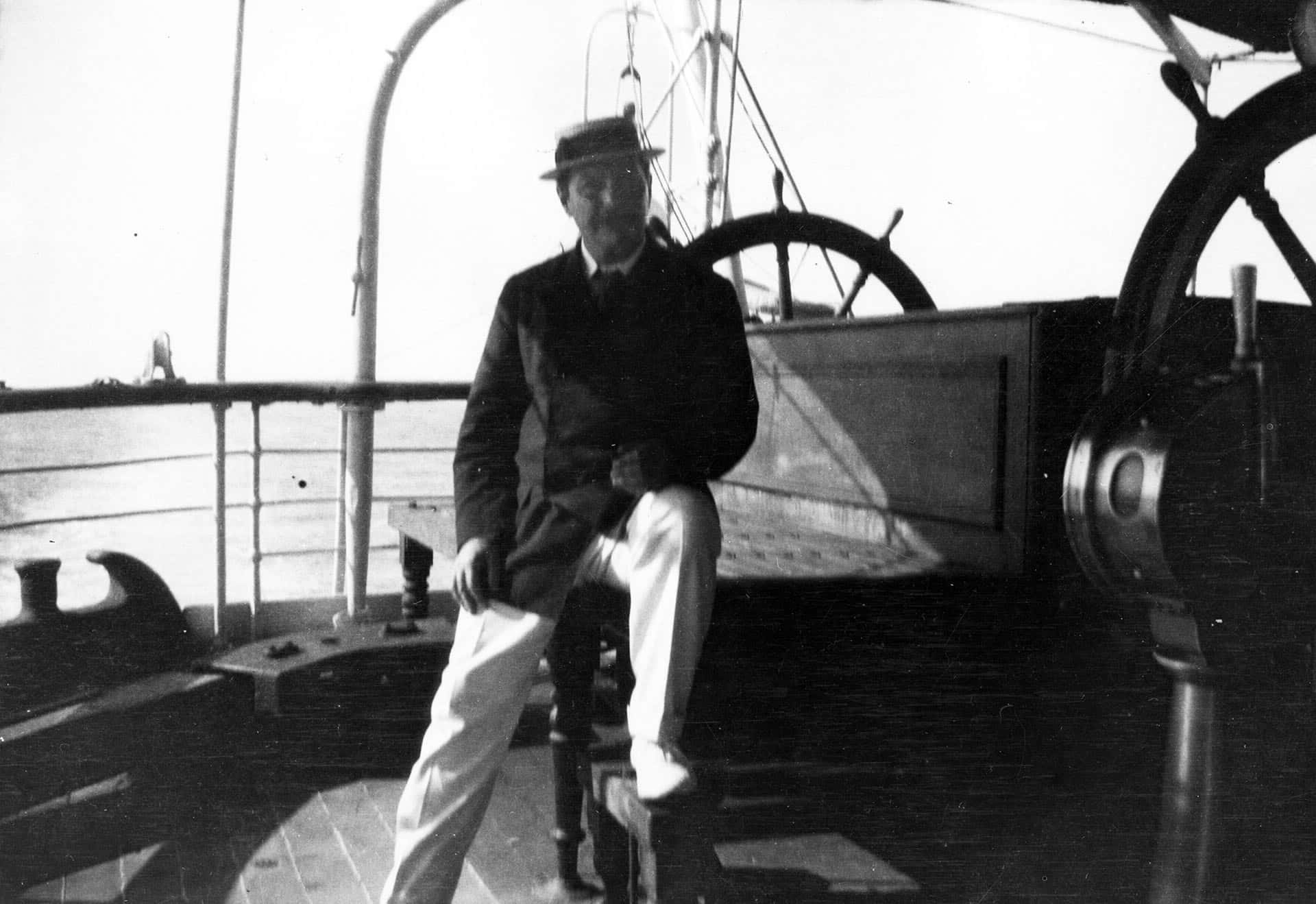 Unknown, Toronto Public Library
Unknown, Toronto Public Library
6. He Was a Bad Boy Doctor
By 1881, Doyle returned to the mainland and wrapped up his medical studies with a badass flourish. Upon receiving his Bachelor of Medicine and Master of Surgery degree, Doyle sent a sketch of himself receiving his diploma to his mother. He captioned the drawing “Licenced to Kill." Even though that's James Bond's famous tagline, Doyle used the phrase first! However, despite his smug declaration, Doyle's career was D.O.A.
7. He Failed—Hard
On paper, Conan Doyle was a licenced medical doctor, but in practice? Not so much. Doyle opened an opthamology clinic with his friend, but after months went by without a single patient, the men began to bicker. Eventually, after many fights, they closed their business and went their separate ways. Without a steady job, it was only a matter of time before Doyle hit rock bottom.
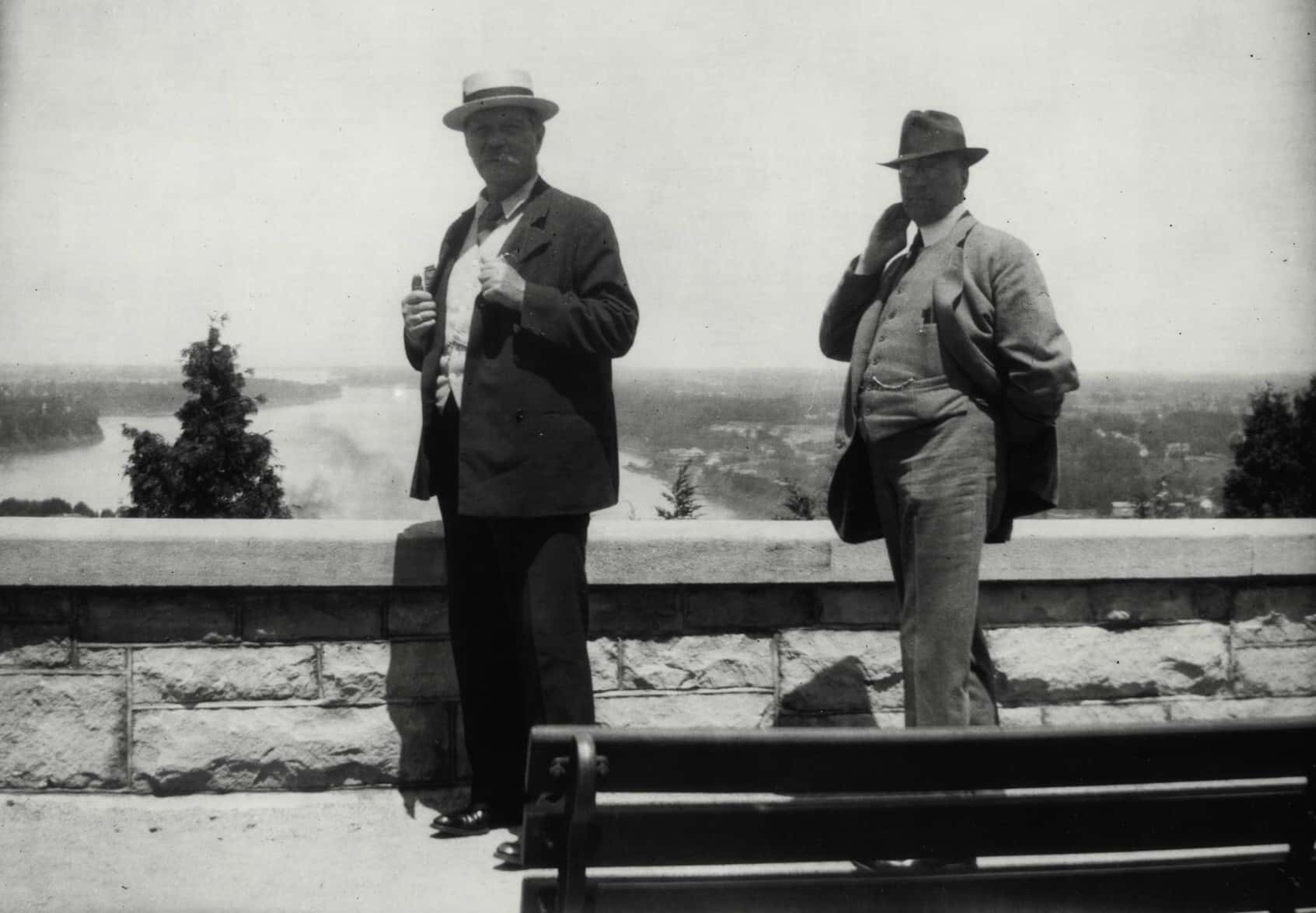 Unknown, Toronto Public Library
Unknown, Toronto Public Library
8. He Lost a Patient
In 1885, Doyle tended to a young boy with cerebral meningitis. He spent many long, stressful nights with his patient's family—but his efforts were for naught and sadly, the boy died. Doyle was so distraught (and, by this point, so close with the grieving family) that he hosted the funeral in his own home. To make matters even more complicated, Doyle was also falling in love with Louisa Hawkins, the sister of the patient he'd just failed to save. Awkward...
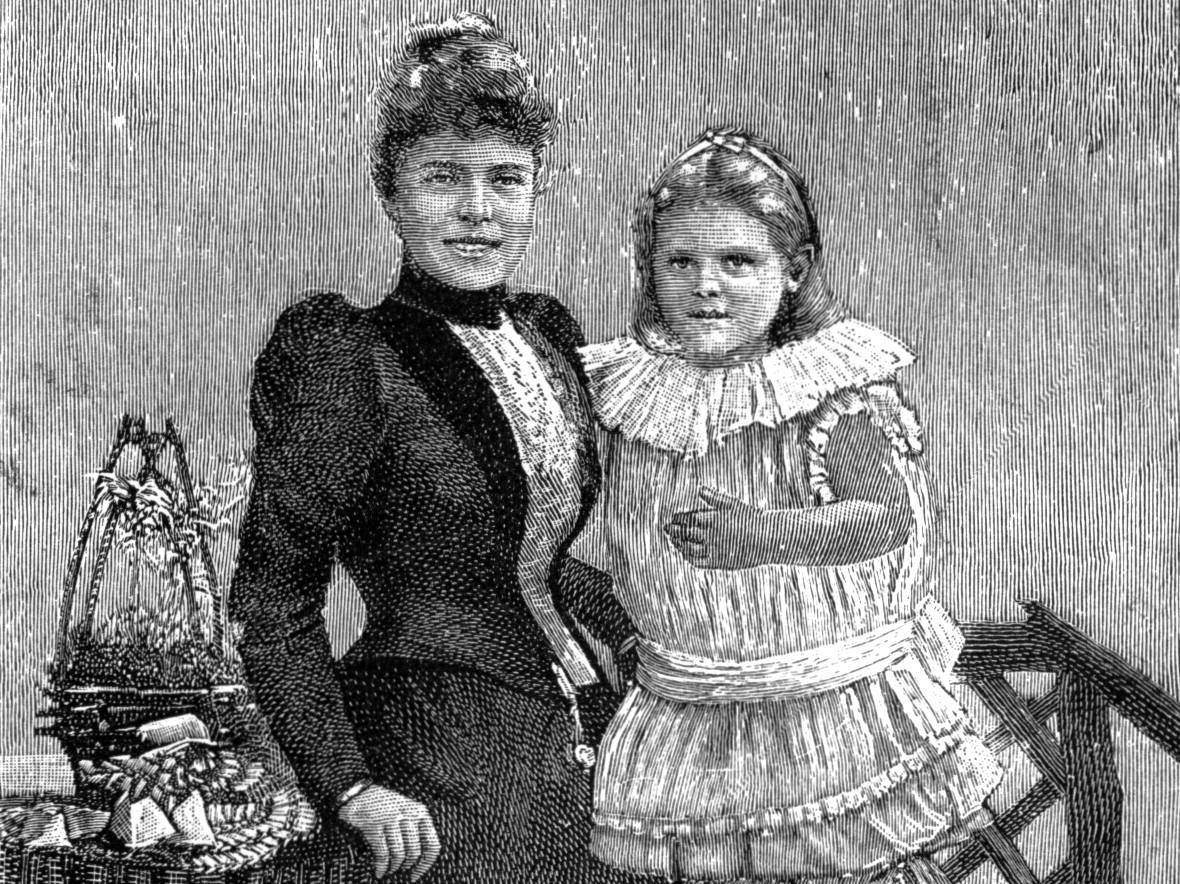 The Strand Magazine, Wikimedia Commons
The Strand Magazine, Wikimedia Commons
9. His Bride Was Ill
Doyle and Louisa tied the knot in 1885—but just a couple years later, everything fell apart. Louisa became ill with tuberculosis. For the rest of her life, she was plagued by the disease. It made her cough to the point of exhaustion and she would spend most of her time in bed. While Doyle and Louisa loved each other and had two children, in time, her tuberculosis would tear them apart.
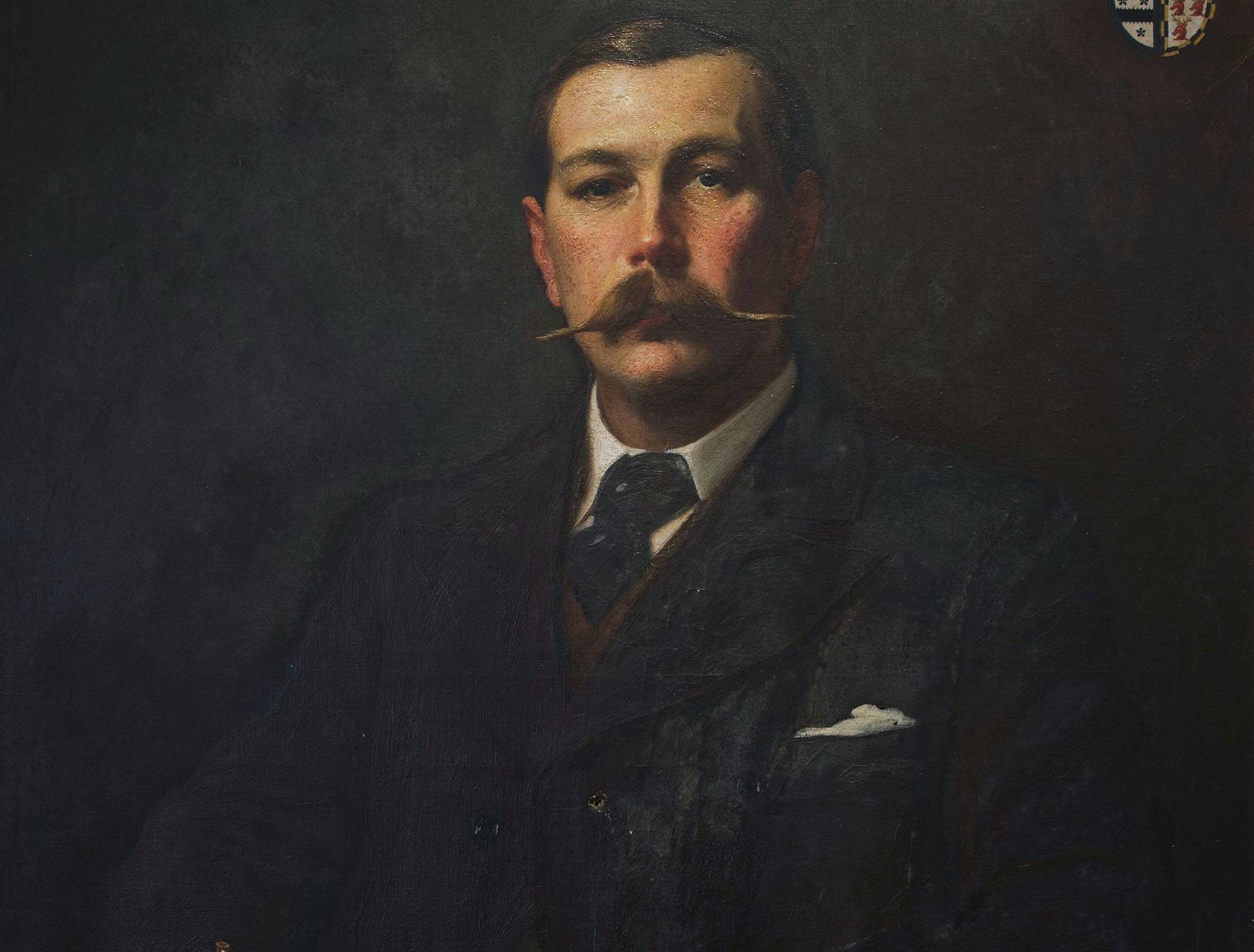 Sidney Paget, Wikimedia Commons
Sidney Paget, Wikimedia Commons

History's most fascinating stories and darkest secrets, delivered to your inbox daily.
10. His Wife Came Up With Sherlock Holmes
When it comes to the name Sherlock Holmes, we have Louisa to thank. Doyle originally planned to call his fictional detective Sherrinford Hope after the whaling ship Hope, where Conan Doyle spent his time as a medical student. His wife told him that was a terrible idea, leading Doyle to change the name to Sherlock Holmes. "Holmes" was a tribute to an American doctor, while "Sherlock" honored a famous cricket player.
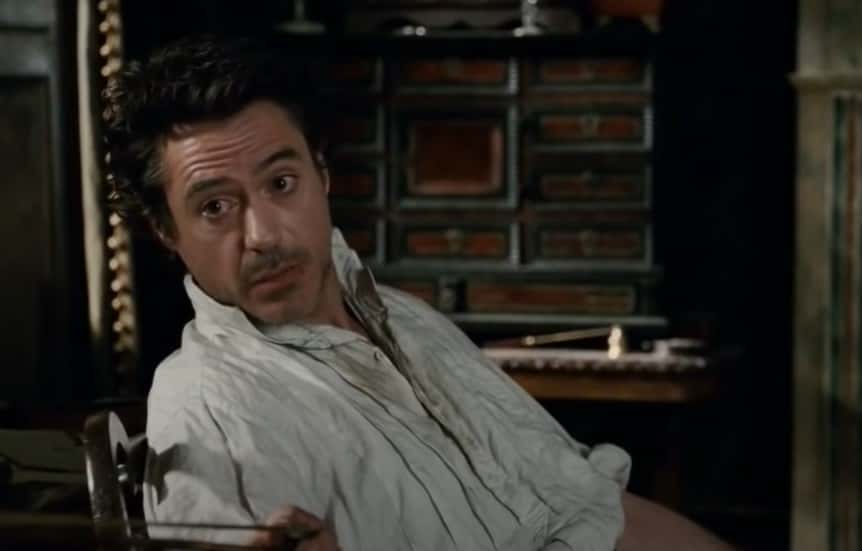 Warner Bros., Sherlock Holmes (2009),
Warner Bros., Sherlock Holmes (2009),
11. His Novel Vanished
It's safe to say that Doyle didn't have the easiest time in the publishing scene. When he was 23, he wrote his first book and sent it off to a publisher. Unfortunately, from that point on, everything that could go wrong did go wrong. Doyle's precious manuscript got lost in the mail (really!) and never arrived at the publishing house. Distraught, Doyle tried to rewrite the book, but only got 150 pages in before giving up. When it came time for the first Sherlock Holmes novel, things managed to get even worse.
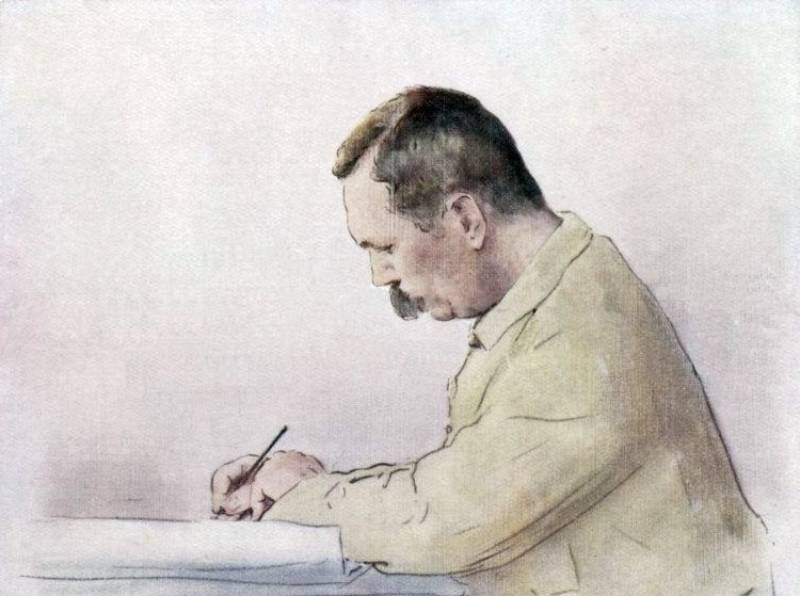 Mortimer Menpes , Wikimedia Commons
Mortimer Menpes , Wikimedia Commons
12. His Debut Sunk
Conan Doyle’s first Sherlock Holmes novel A Study in Scarlet was not a runaway hit, or a hit at all for that matter. Multiple publishers rejected the manuscript, until Doyle finally got it published in Beeton’s Christmas Annual...where the book's sales stunk. When Sherlock failed to capture readers, Doyle began to indulge his strangest and most notorious hobby.
13. He Turned to the Spirit Realm
In 1887, Doyle was a struggling writer with a terribly ill wife. During these dark days, he looked for answers from beyond—and his quest led him to some questionable places. Doyle went to multiple seances, booked appointments with psychics and mediums, and made his own investigations into telepathy. By 1889, he helped found a local organization devoted to "psychical research" and not content with just that, joined an existing London psychic society too. Think that's weird? When it comes to Doyle's wacky hobbies, we're just getting started.
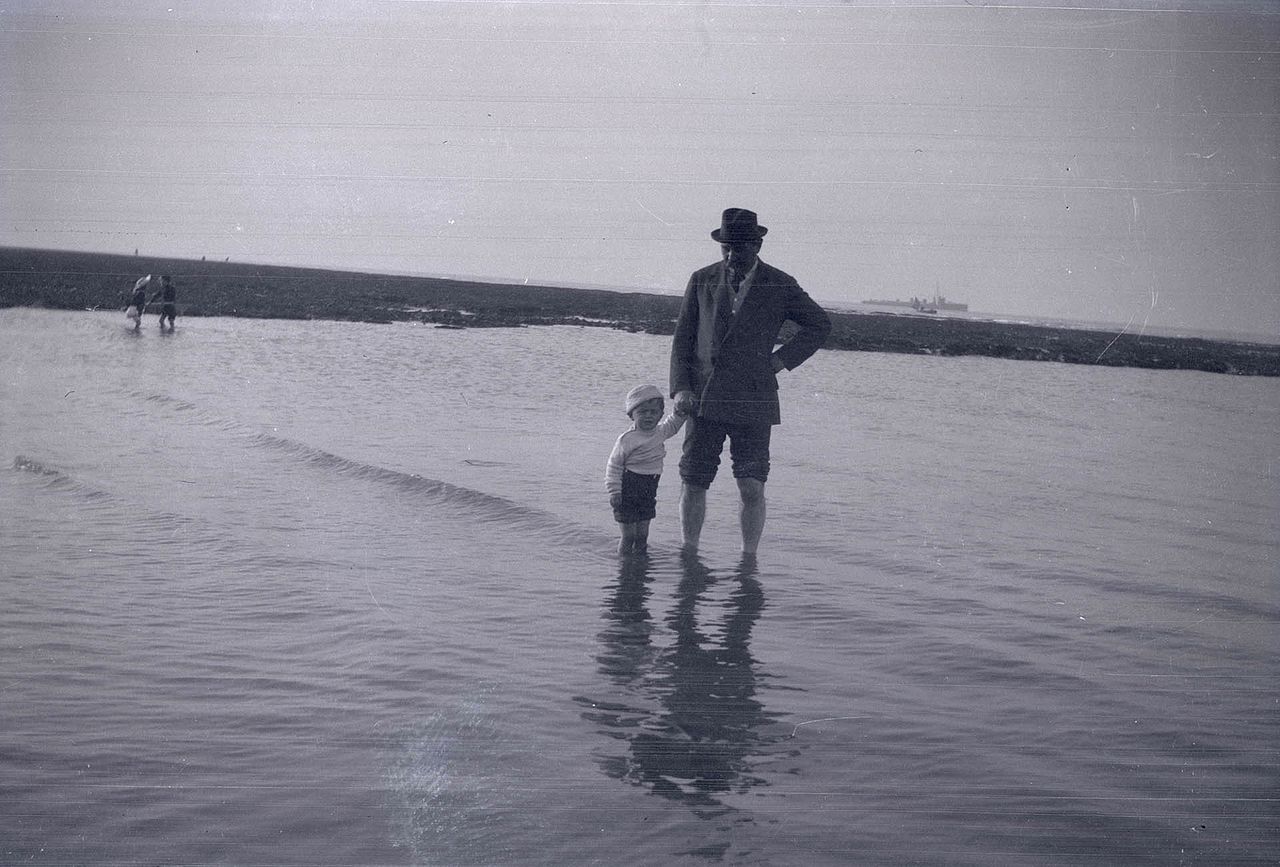 Collections Toronto Public Library , CC BY-SA 2.0, Wikimedia Commons
Collections Toronto Public Library , CC BY-SA 2.0, Wikimedia Commons
14. He Had Strange Interests
By 1894, Doyle was deeply interested in all things supernatural. Despite writing about one of the most rational detectives ever, he began to investigate the paranormal. Doyle actually went ghost-hunting. Along with the notorious para-psychologist Frank Podmore, he tried to track down and contact malevolent spirits and poltergeists in Devon.
15. He Hit the Big Time
When Doyle wasn't busy hunting spirits, he was hard at work writing stories. Even though A Study In Scarlet didn't do well, Doyle's short stories about Sherlock Holmes were becoming more and more popular. By 1890, he had published the second Sherlock Holmes novel, The Sign of the Four, to widespread acclaim. At this point, Doyle was palling around with literary titans like Oscar Wilde. Professionally, life was great—but the good times wouldn't last.
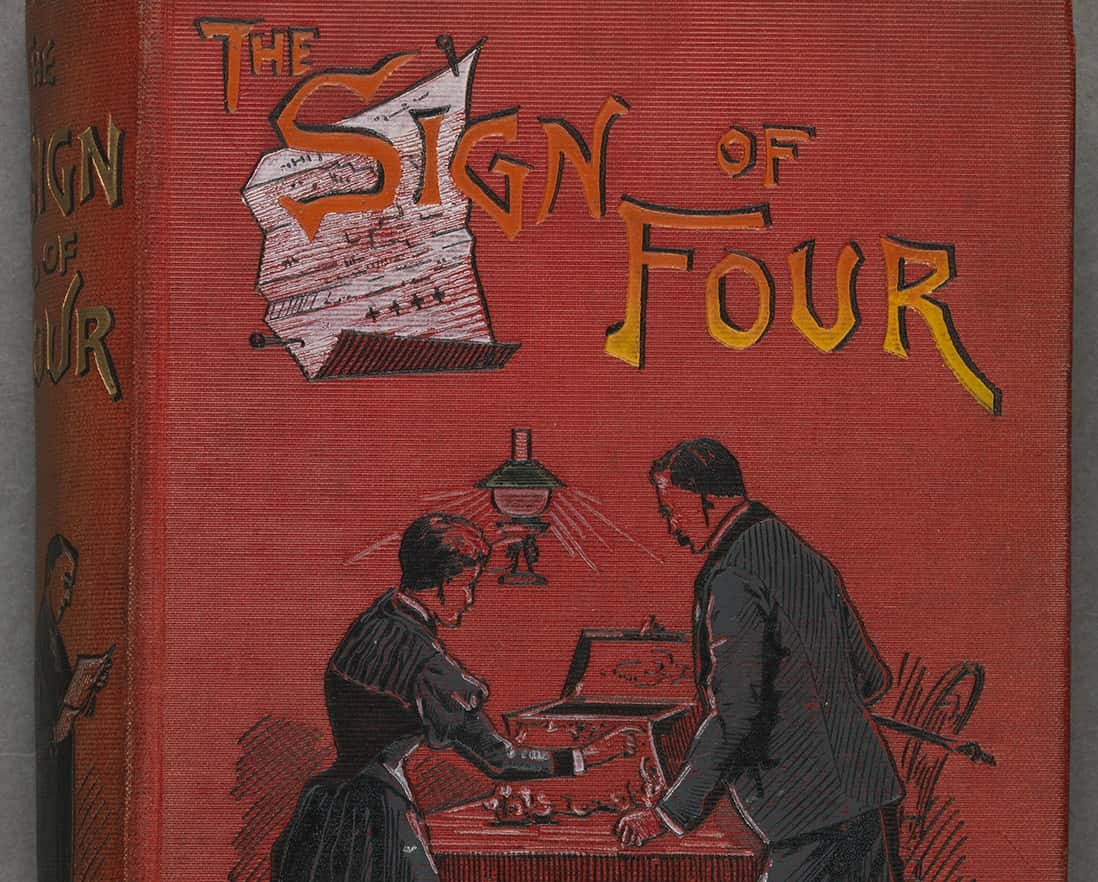 Unknown author, Wikimedia Commons
Unknown author, Wikimedia Commons
16. He Hated His Own Novels
Doyle was happy that people liked Sherlock, but soon, the constant demand for new Holmes stories began to frustrate him. In 1891, Doyle wrote a letter to his mother telling her that he was tired of writing about Holmes—so tired, in fact, that he was thinking about killing the character so he could write about other things like history.
 Frederick Dorr Steele, Wikimedia Commons
Frederick Dorr Steele, Wikimedia Commons
17. He Tricked Publishers
Doyle's mother tried to get her son to keep writing Sherlock stories, but Doyle was adamant. He didn't want to do it. As a way to get out of pesky calls from publishers who hoped to buy new Sherlock tales, Doyle demanded more and more money. At one point, he figured the ludicrous amount was so high that no one in their right mind would agree to it. He was wrong. Publishing houses happily paid top dollar for Sherlock and they even agreed to Doyle's outrageous demands. At one point, Doyle was one of the highest-paid writers in the Edwardian period.
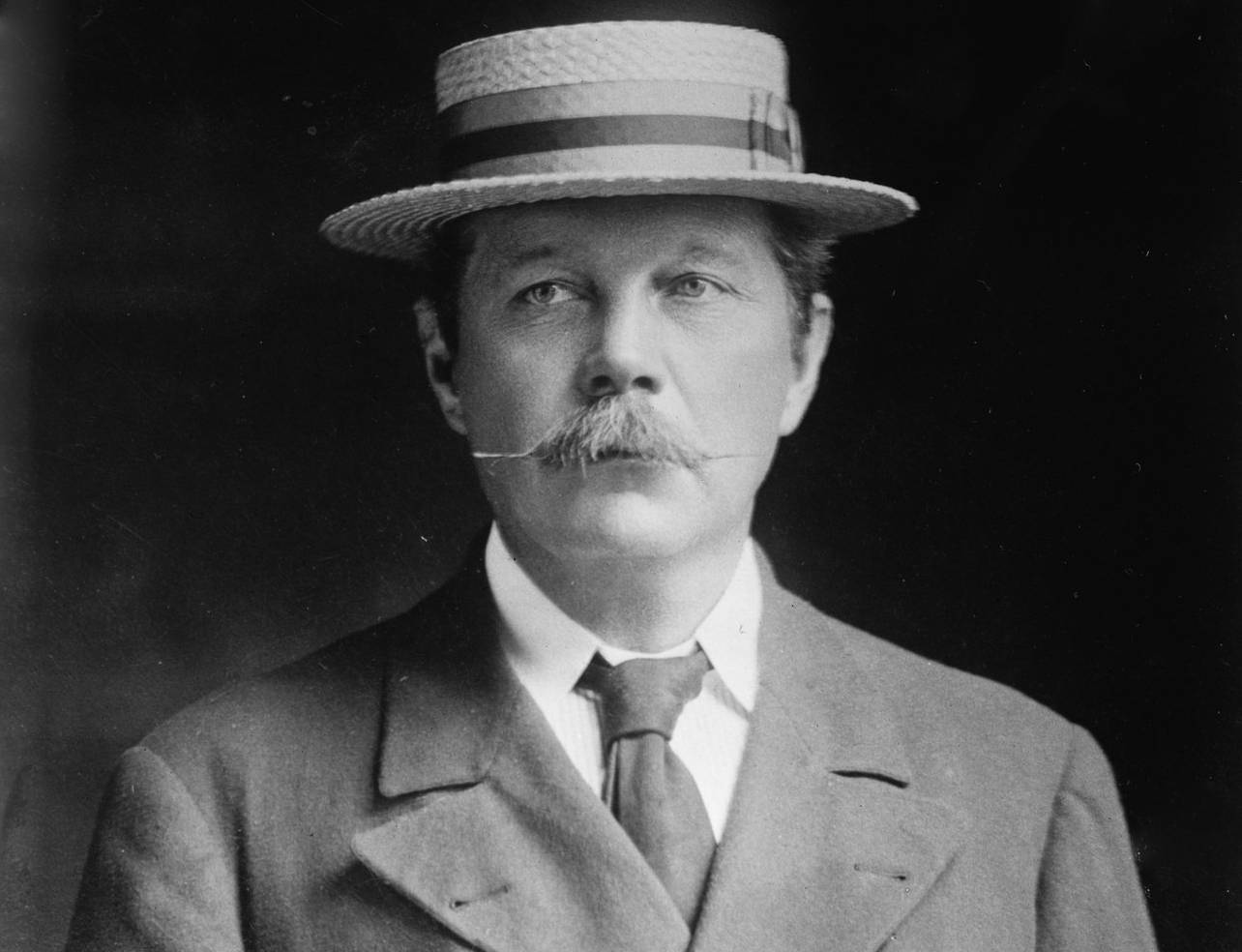 Bain News Service, Wikimedia Commons
Bain News Service, Wikimedia Commons
18. He Made a Shocking Decision
But by December of 1893, Doyle was done with Sherlock. In the jaw-dropping story "The Final Problem," Doyle infamously plunged Holmes and his nemesis Moriarty off the perilous Reichenbach Falls. With that, Doyle thought, he was rid of the super sleuth. But Sherlock's fervent fans wouldn't let Doyle off the hook so easily.
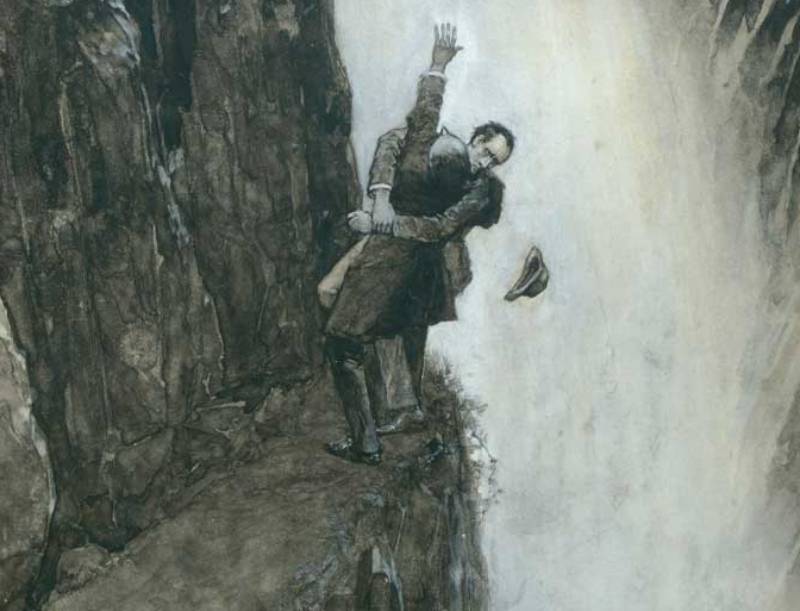 Sidney Paget, Wikimedia Commons
Sidney Paget, Wikimedia Commons
19. He Brought His Hero Back
In 1901, after a lengthy and tremendous public outcry, Doyle published The Hound of the Baskervilles to universal acclaim. What led Doyle back to his most popular character? Well, let's just say that his personal life changed in a big way.
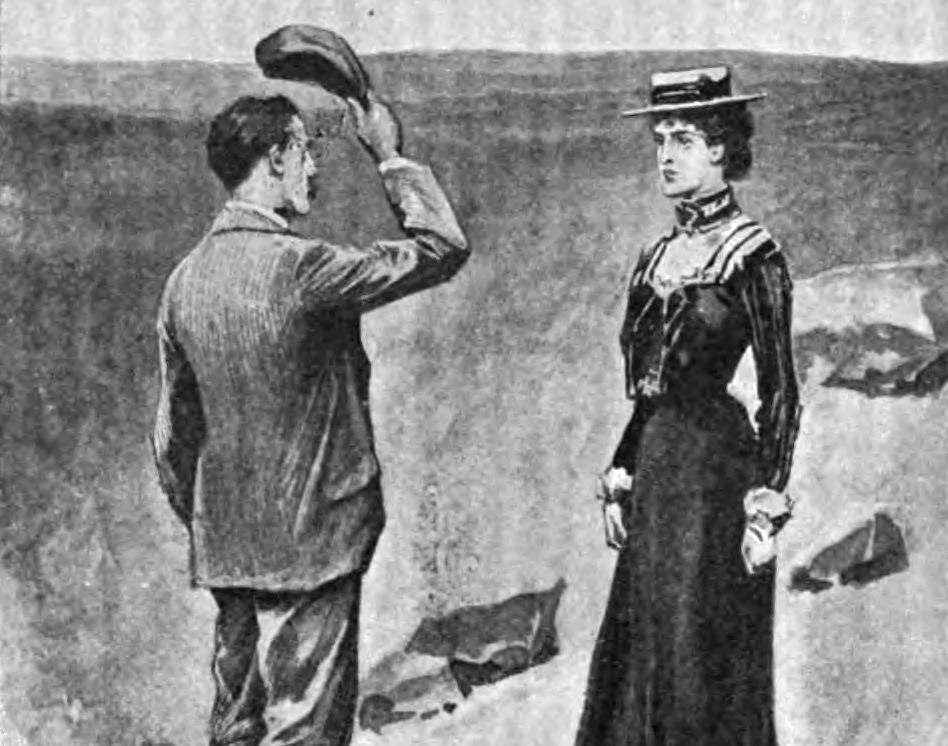 Sidney Paget, Wikimedia Commons
Sidney Paget, Wikimedia Commons
20. He Met His Match
In 1897, Arthur Conan Doyle met a woman who would change his life: Jean Elizabeth Leckie. The beautiful 23 year old adored Doyle, who at this point was nearly 40. The author immediately knew that he was in love with Leckie. But even though he saw her often at family events (Leckie was friends with Doyle's mom and sister), he never pursued her romantically. Remember: Doyle already had a wife. This complicated things significantly.
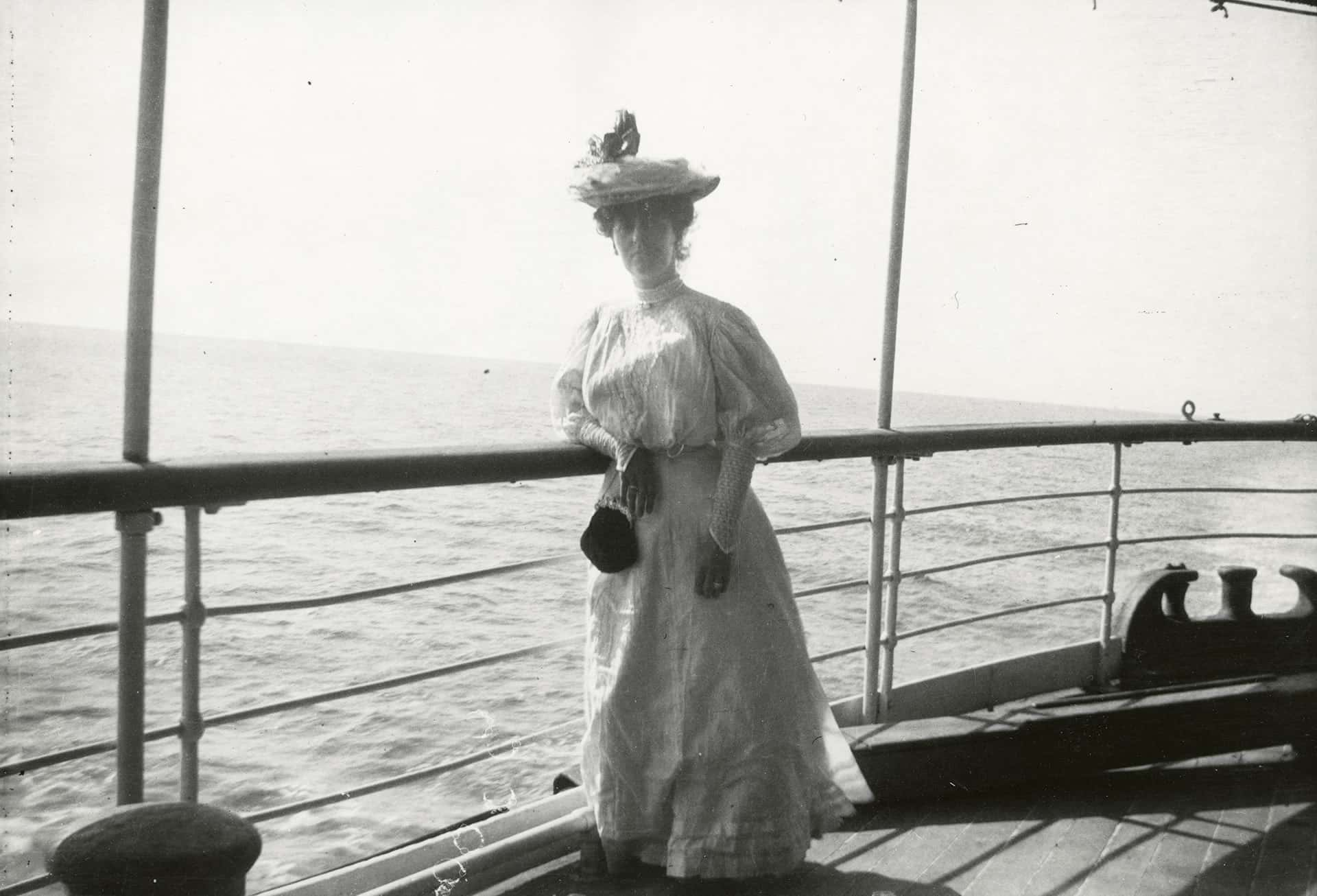 Unknown, Toronto Public Library
Unknown, Toronto Public Library
21. His Wife Caught On
Doyle's wife Louisa was no dummy. She could tell that her husband was interested in young Jean Leckie, but in a shocking twist, she didn't respond with anger. Instead, she called her daughter Mary over and told her that when tuberculosis eventually ended her life, she wanted Doyle to remarry and find love again. She even had an idea about who he could settle down with. Louisa told her cousin that when she was gone, Miss Leckie would be a good step-mother to her children.
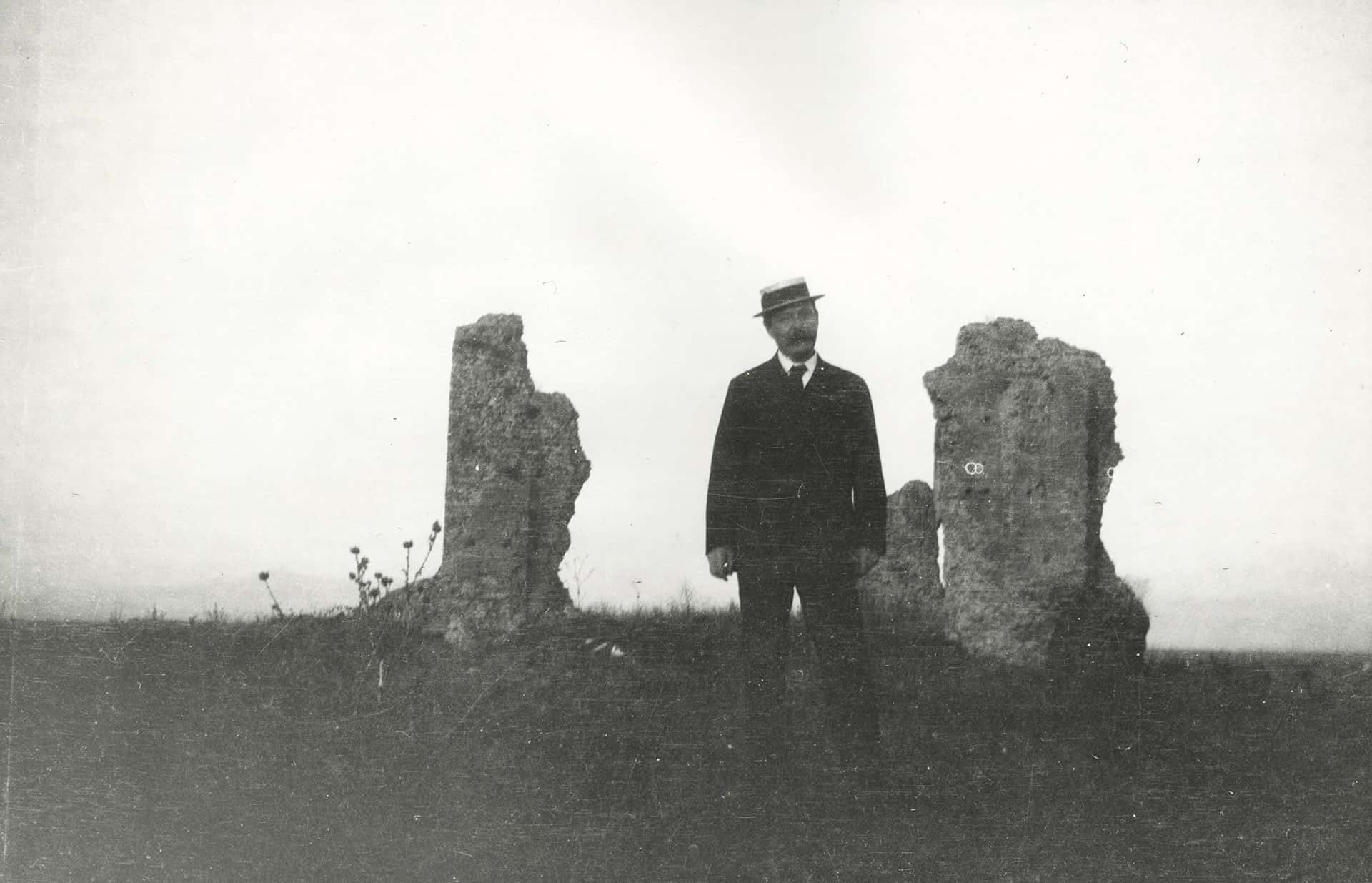 Unknown, Toronto Public Library
Unknown, Toronto Public Library
22. He Made a Scandalous Marriage
Some scholars paint Leckie as a heartless gold digger and claim that she only married Doyle for his money. However, that isn't the whole story. Even though Leckie was young and beautiful—and Doyle made it clear that he wouldn't have an affair while his wife lived—she waited for Doyle for almost a decade. In time, her patience paid off. Doyle's first wife Louisa passed in 1906, leading Leckie and Doyle to tie the knot a single year later.
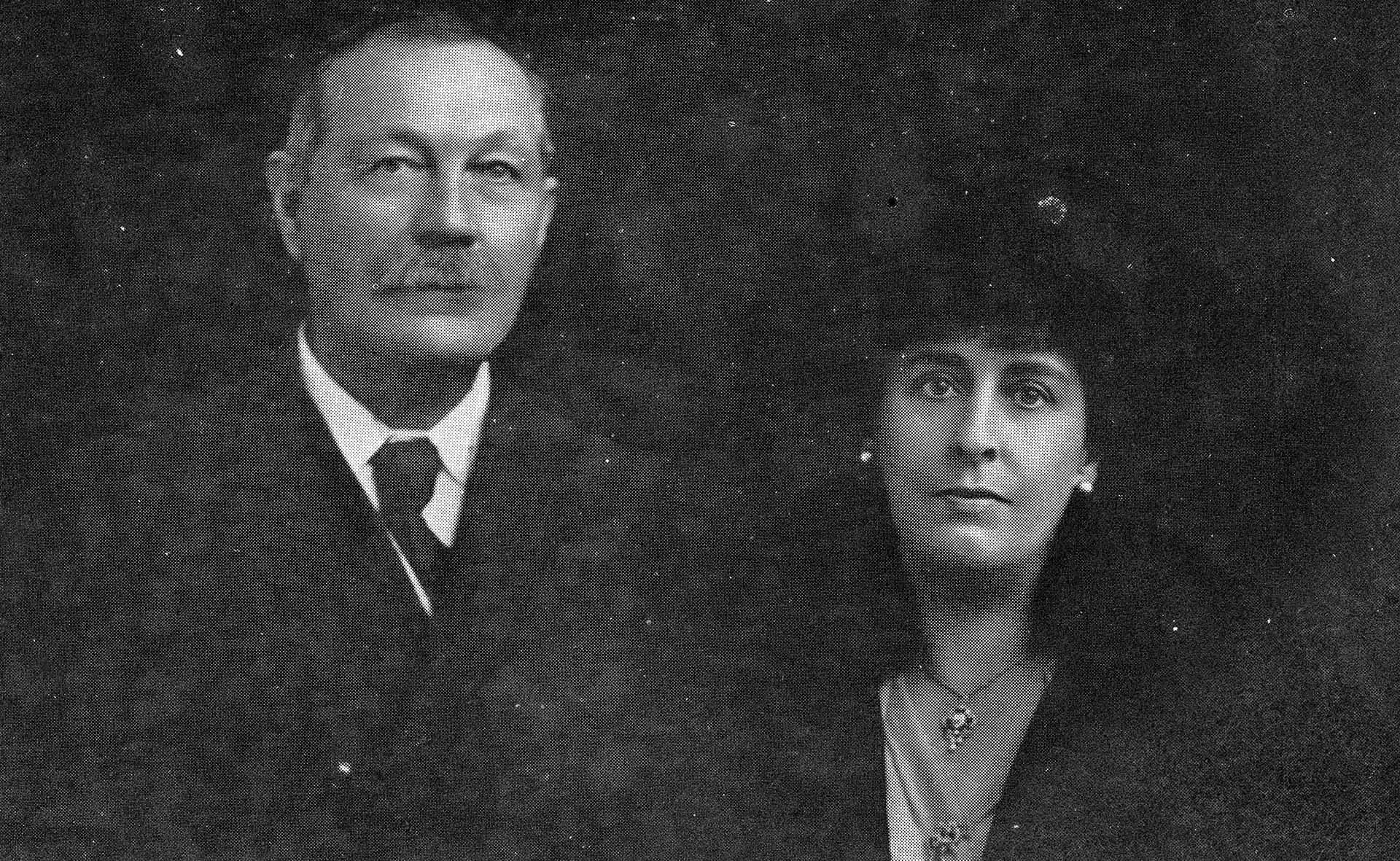 Unknown, Toronto Public Library
Unknown, Toronto Public Library
23. He Had a New Family
Doyle and Leckie wed in 1907, had three children, and stayed together for the rest of their lives. In some ways, it was a very happy marriage. Like they say, the couple that races cars and hosts seances together, stays together! (For real—but more on that later). However, in other ways, their marriage was far from perfect. Leckie needed to be "at the center" of Doyle's world so much so that he began to neglect his children from his first marriage. Ouch.
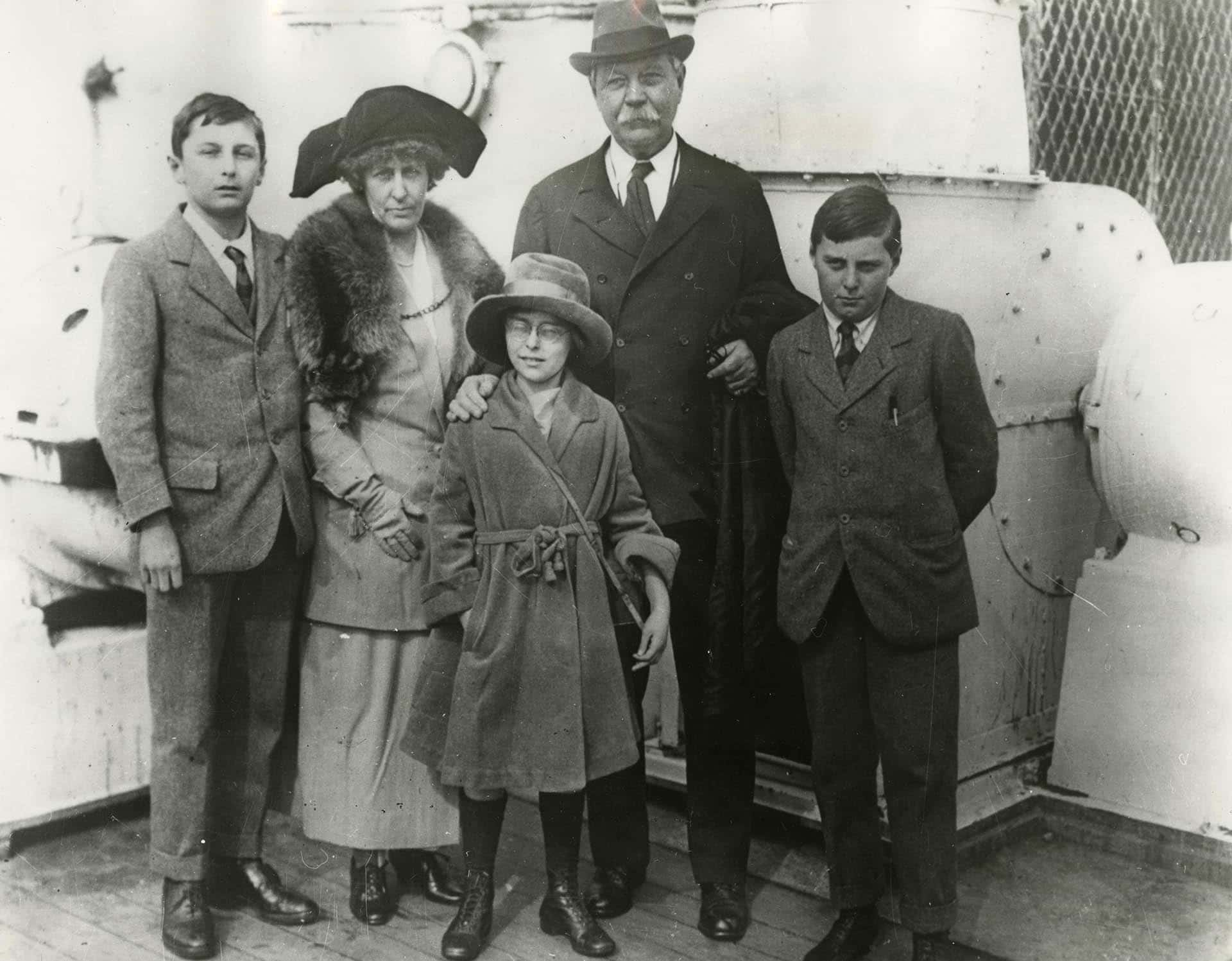 Keystone Press Agency, Toronto Public Library
Keystone Press Agency, Toronto Public Library
24. He Made History
Here's a neat achievement: Doyle kind of created modern investigative techniques through his Sherlock Holmes stories. Holmes' methods of identifying blood stains and gauging gunshot firing actually came before the forces officially started using them. And though few people know it, Doyle actually used his investigative powers for far more than fiction. He solved mysteries in real life too.
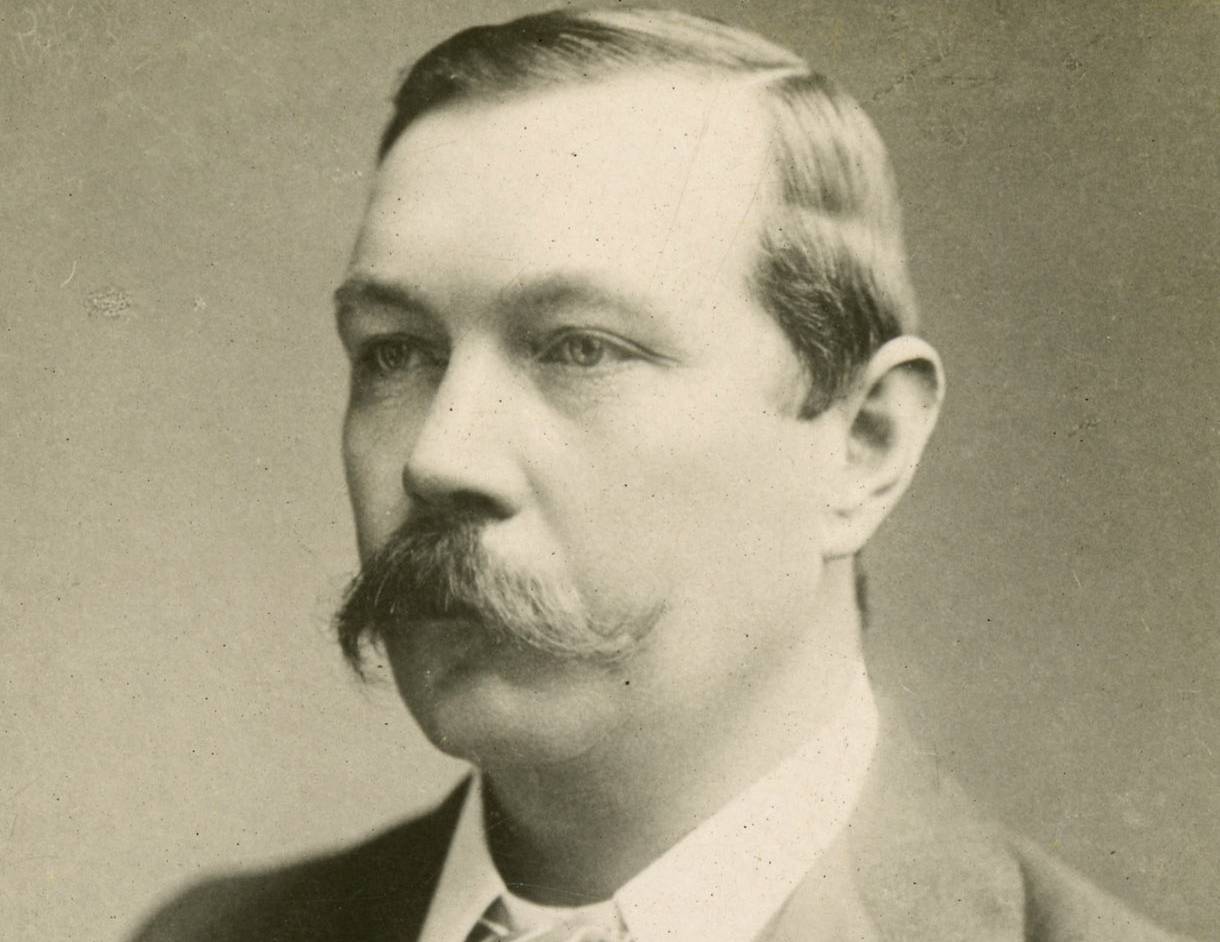 Special Collections Toronto Public Library, CC BY-SA 2.0, Wikimedia Commons
Special Collections Toronto Public Library, CC BY-SA 2.0, Wikimedia Commons
25. He Pursued Justice
In 1906, Doyle heard about a supposedly "closed case" where a quite man named George Edalji had been imprisoned for hurting ponies and writing violent letters. There was just one problem: Even after Edalji went behind bars, injured horses kept showing up around town. Doyle felt certain that the forces should keep investigating the case—after all, it didn't look like they'd truly caught the culprit. But when the officers resisted, Doyle took matters into his own hands.
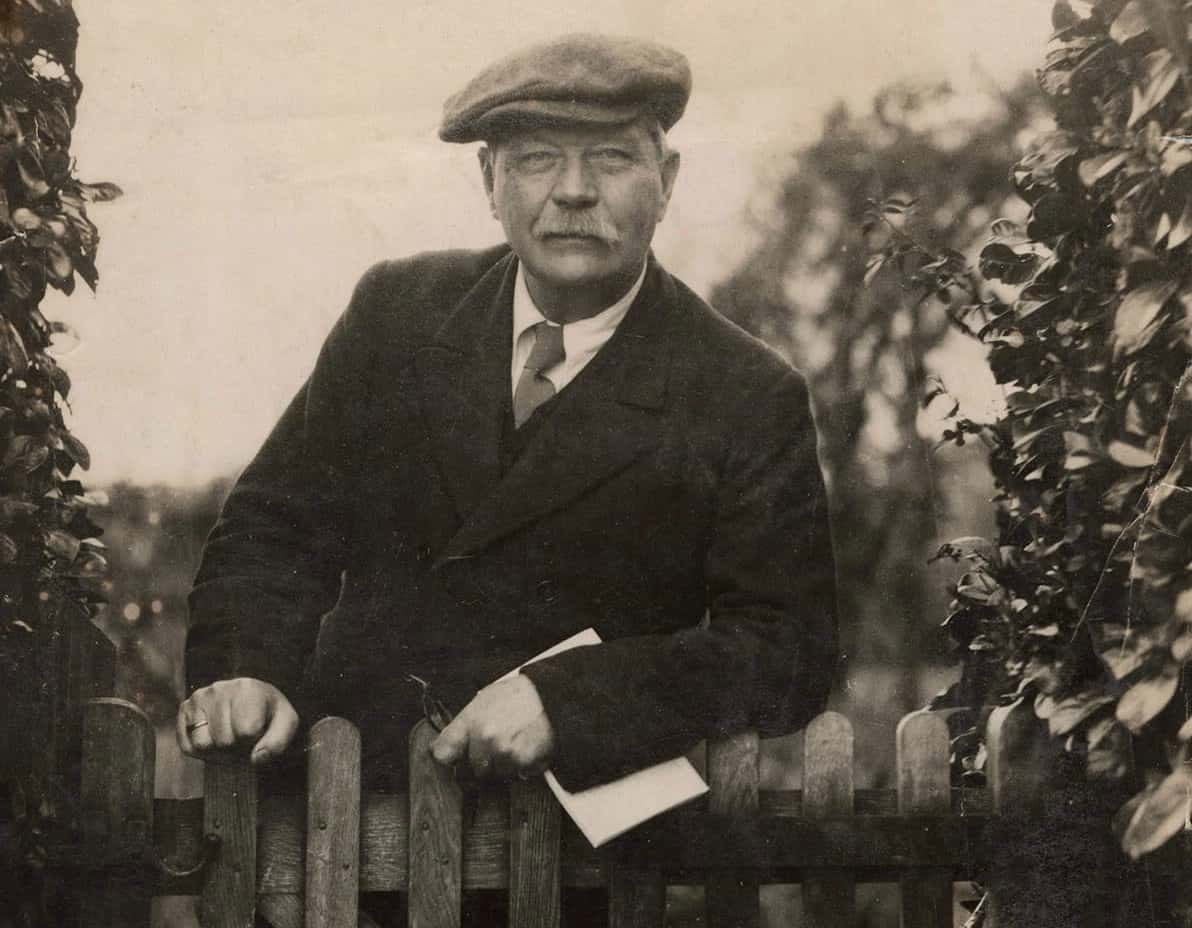 Unknown, Toronto Public Library
Unknown, Toronto Public Library
26. He Was a Vigilante
Doyle re-interviewed witnesses, examined evidence, and personally met with Edalji. Already, Doyle felt sure that the case didn't add up, but when he saw that Edalji had awful eyesight, he knew he had to be innocent. Edalji simply couldn't have hurt animals in the dark of night. He could barely see in full daylight! Frustrated, Doyle published multiple articles proclaiming Edalji's innocence. In time, they did the trick. After three years of hard labor, Edalji received a pardon.
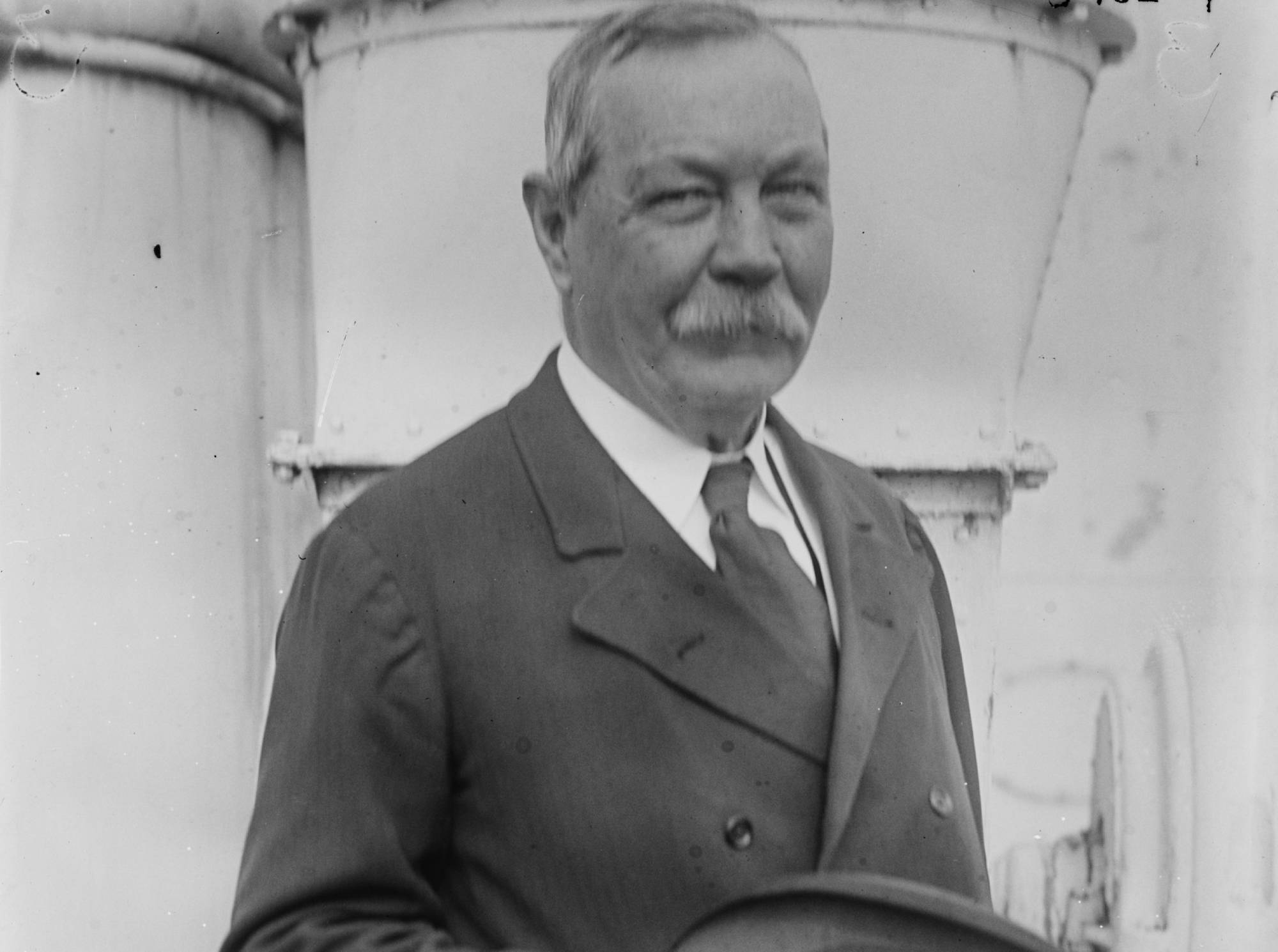 Bain News Service, Wikimedia Commons
Bain News Service, Wikimedia Commons
27. He Had Superhuman Strength
Doyle wasn't just a brainy guy—he had brawn too, and lots of it. The six-foot-tall author loved playing football, strength-training, and staying active, and one day, his time at the gym paid off. As Doyle drove his brother home after a round of gold in 1904, he accidentally hit a post at the beginning of his driveway. In the chaos, the car flipped over. Thankfully, Doyle's brother managed to crawl out from under the wreck. But Doyle himself was in a trickier situation. The car's entire weight rested on Doyle's spine. He managed to hold the car long enough for a group to gather and free him from the vehicle. Both Doyle brothers walked away from the scene with a couple bruises.
 Unknown author, Wikimedia Commons
Unknown author, Wikimedia Commons
28. He Raced Cars
Evidently, Doyle's brush with death wasn't enough to keep him away from cars. Ever the daredevil, Sir Arthur Conan Doyle jumped at the chance to become a race car driver. As one of England's first motorists, Doyle participated in an international race known as the Prince Henry Tour in 1911. The race was like an early, German/British version of Ford v. Ferrari. And by the way, Doyle's British team, which included his second wife, won the race. At this point, Doyle sounds like the coolest author ever, so let's temper that by reminding everyone about one of his stranger obsessions.
 Topical Press Agency, Getty Images
Topical Press Agency, Getty Images
29. WWI Changed Everything
As WWI ravaged Europe, many people experienced a crisis of faith. It seems like Doyle was no different. He'd always been interested in the supernatural, but after losing up to eleven of his loved ones in WWI, his "interest" turned into a full-blown obsession. Doyle started to believe that his kid's nanny, Lily Loder Symonds, had psychic powers. By 1919, he published two controversial books about spiritualism and life after death.
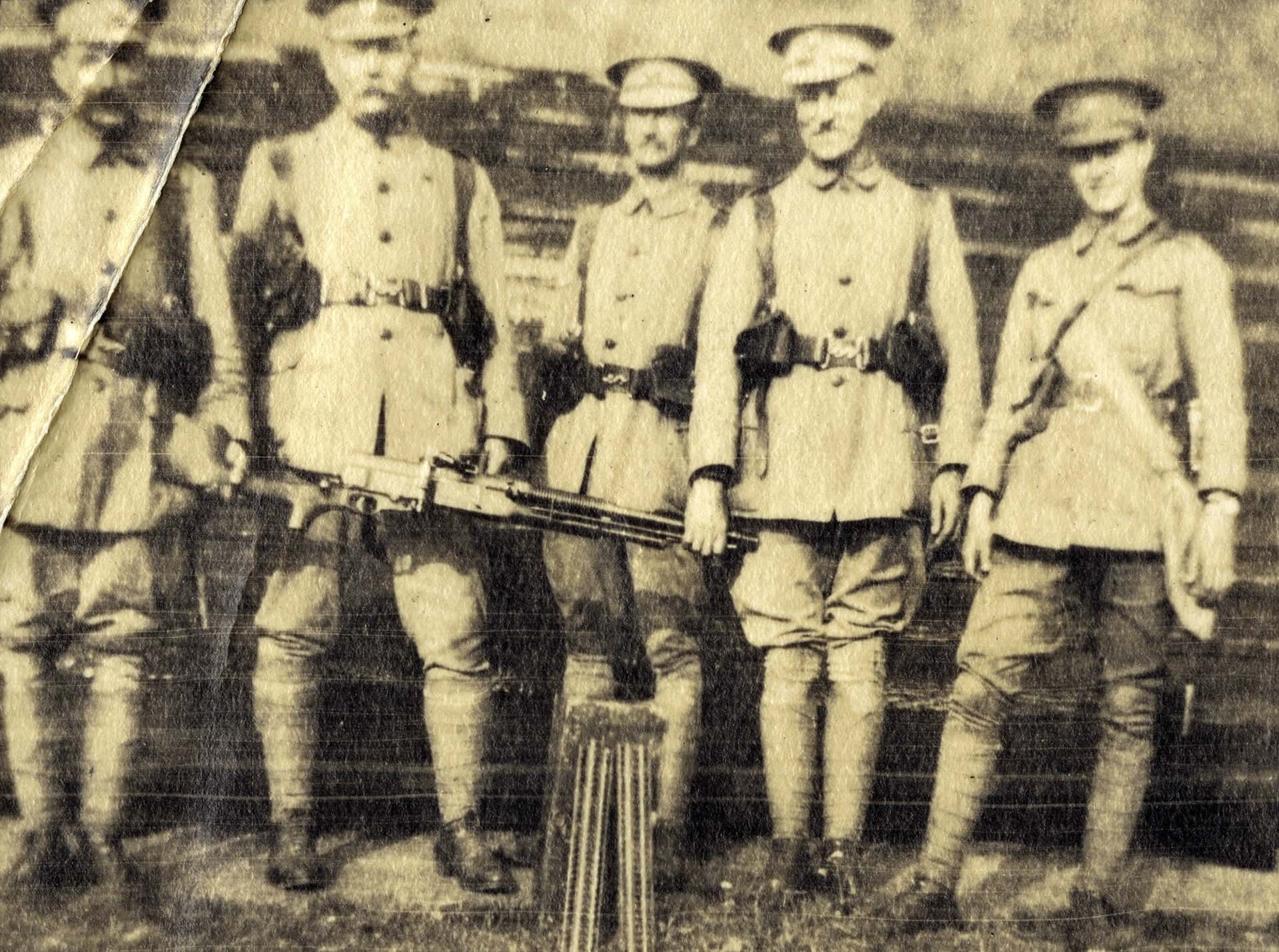 Unknown, Toronto Public Library
Unknown, Toronto Public Library
30. He Was Committed To The Occult
Doyle was serious about his commitment to spiritualism. When people wrote to him about Sherlock Holmes, he'd reply and beg them to ask him about "what really matters" AKA the afterlife and psychic research. Over the years, he went on the record saying that people who had mental illnesses were actually possessed by malevolent spirits (yeah, that belief didn't age well). He also became known for one haunting phrase: "There is no death—only a veil." In time, he began to try to convince others of his ideas. One of those people? Doyle's frenemy, the magician Harry Houdin.
31. He Hosted a Seance For Houdini
Nowadays, Doyle's belief in the supernatural sounds a little hokey, but back in the 1910s, the occult was having a bit of a moment. Even skeptical Harry Houdini got in on the trend for a while. After his mother passed, Houdini clung to the idea that he could find a way to contact her in the afterlife. However, after one too many "psychics" let him down, he gave up on spiritualism. That is, until Arthur Conan Doyle offered to host a seance for Houdini and his deceased mother.
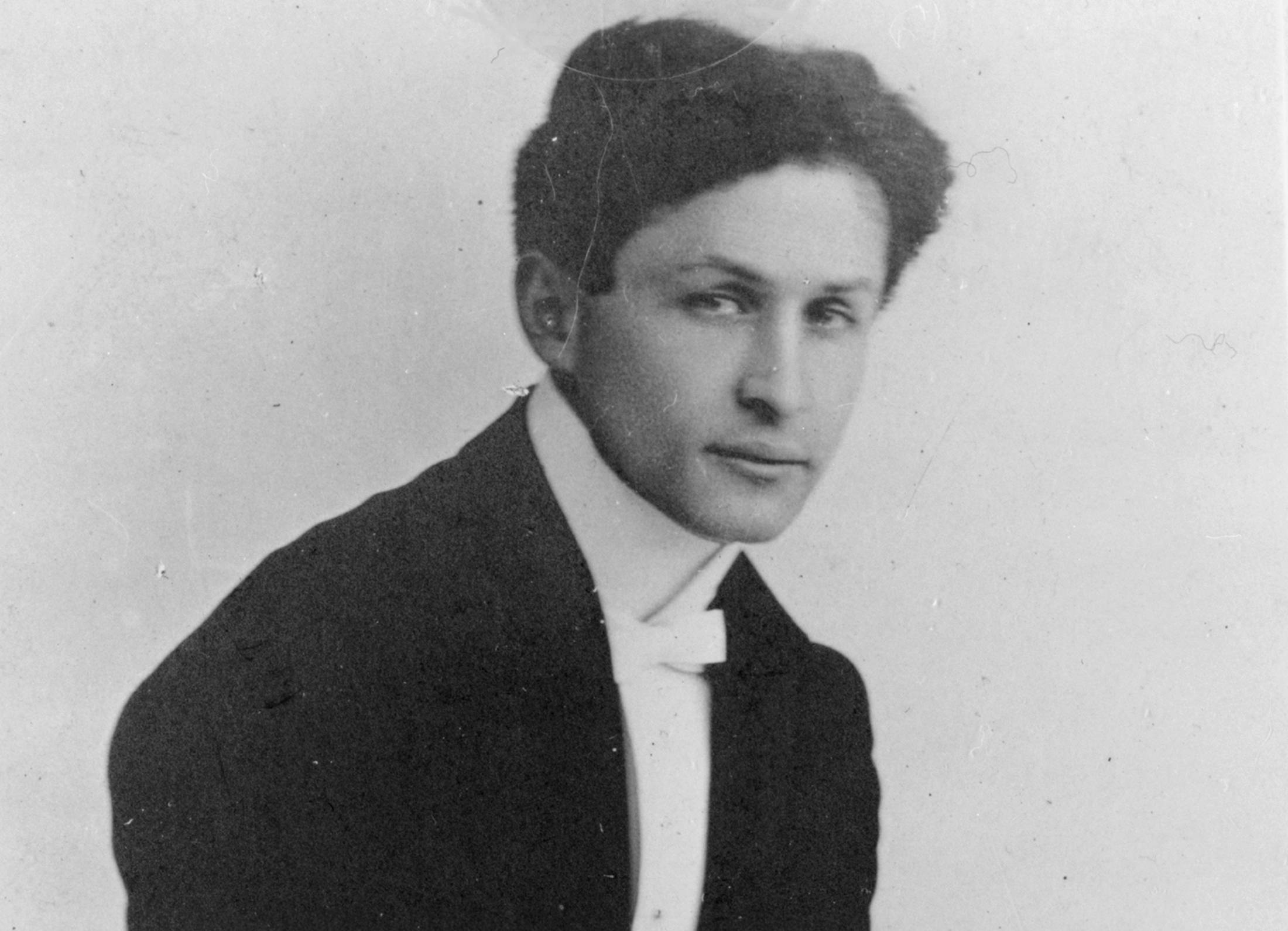 Unknown author, Wikimedia Commons
Unknown author, Wikimedia Commons
32. His Wife Was Strange
Unfortunately, the seance was a bit of a disaster. Doyle's wife Jean claimed that she could act as a conduit for the spirits—whatever they wanted to say would automatically flow through her and she'd transcribe messages from beyond. On the night of Houdini's seance, Jean wrote a whopping 15 pages of notes supposedly from Houdini's mother—but there were a few problems with the message.
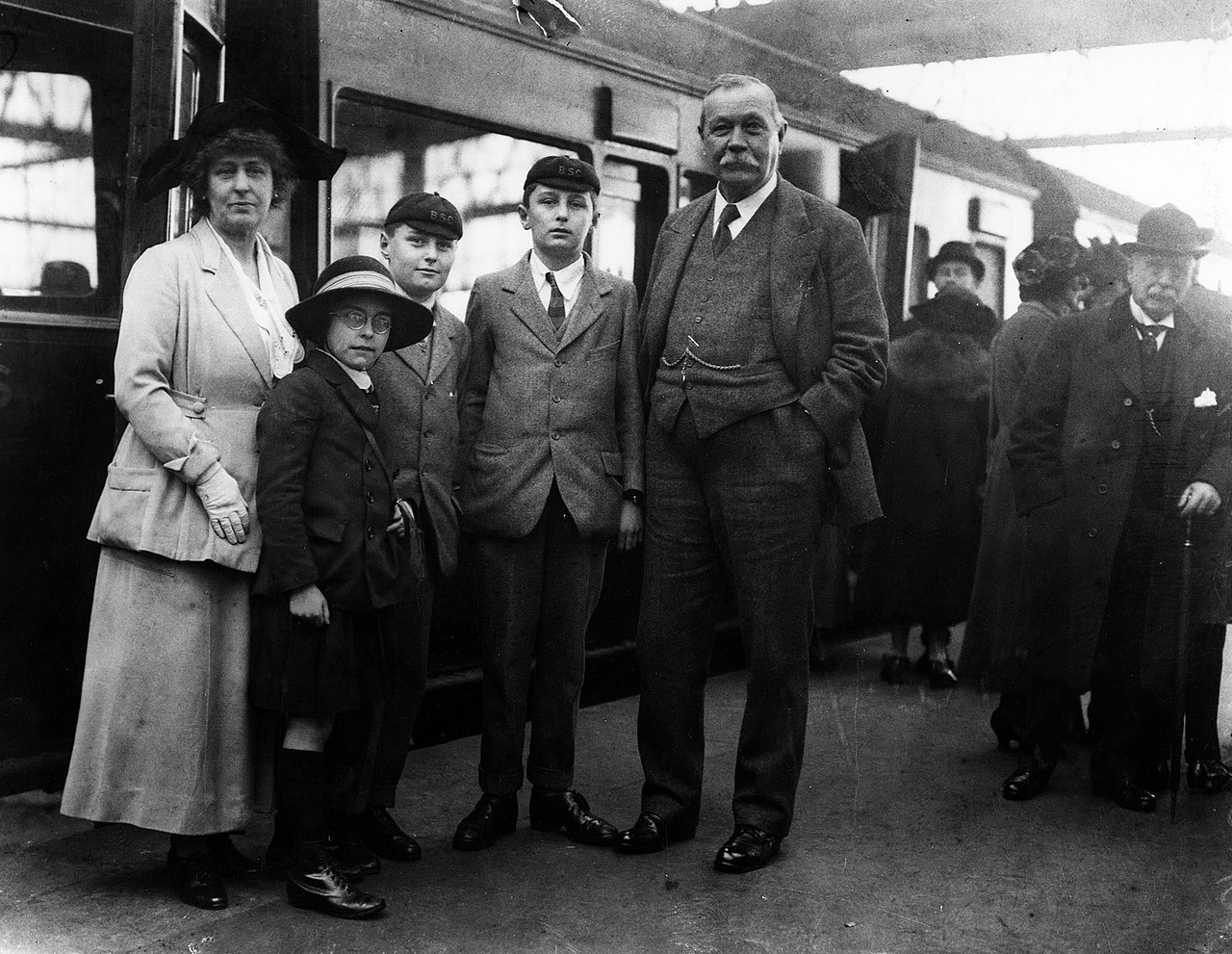 Central Press Photos, Wikimedia Commons
Central Press Photos, Wikimedia Commons
33. Houdini Hated His Wife
First, Houdini's mom didn't speak English, which meant that writing 10+ pages in a the language would be quite the feat. Second, the seance was on her birthday and her spirit apparently didn't think that was worth noting. Suffice it to say that Houdini was not convinced of Jean's psychic powers. After this fiasco, Doyle and Houdini's friendship ended then and there. And Houdini wasn't the only who had issues with Doyle's supernatural obsession.
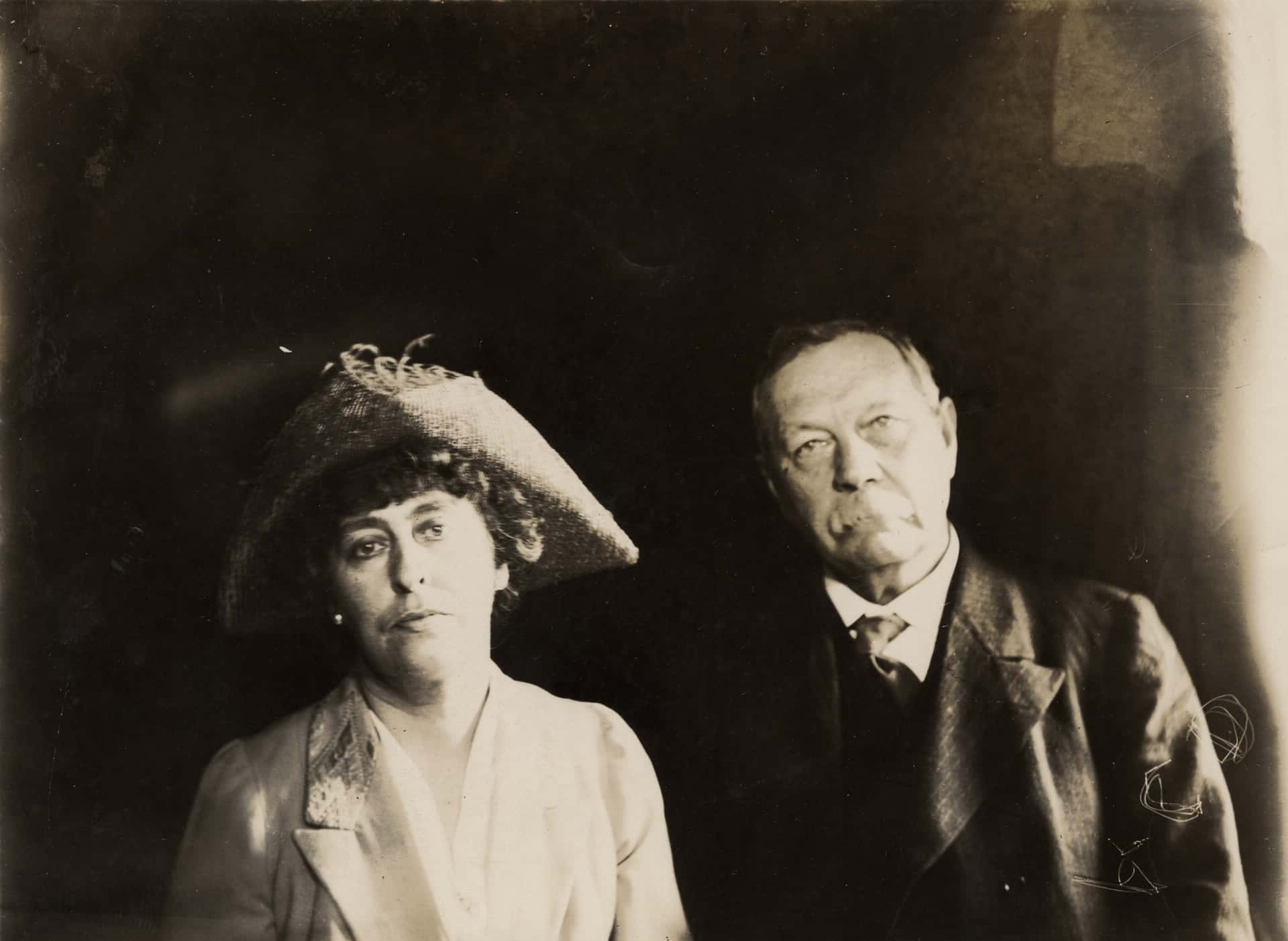 Unknown, Toronto Public Library
Unknown, Toronto Public Library
34. He Got Into a Feud
Doyle's belief in the supernatural made a lot of religious people uncomfortable. One of those people was Oscar Wilde's born-again Christian ex-boyfriend. He wrote to Doyle saying he vehemently disagreed with all his ideas about seances and spirits. Doyle replied with a fantastic letter. He wrote: Sir, I was relieved to get your letter. It is only your approval which could in any way annoy me. Yours faithfully, AC Doyle." Call the burn unit. Man down.
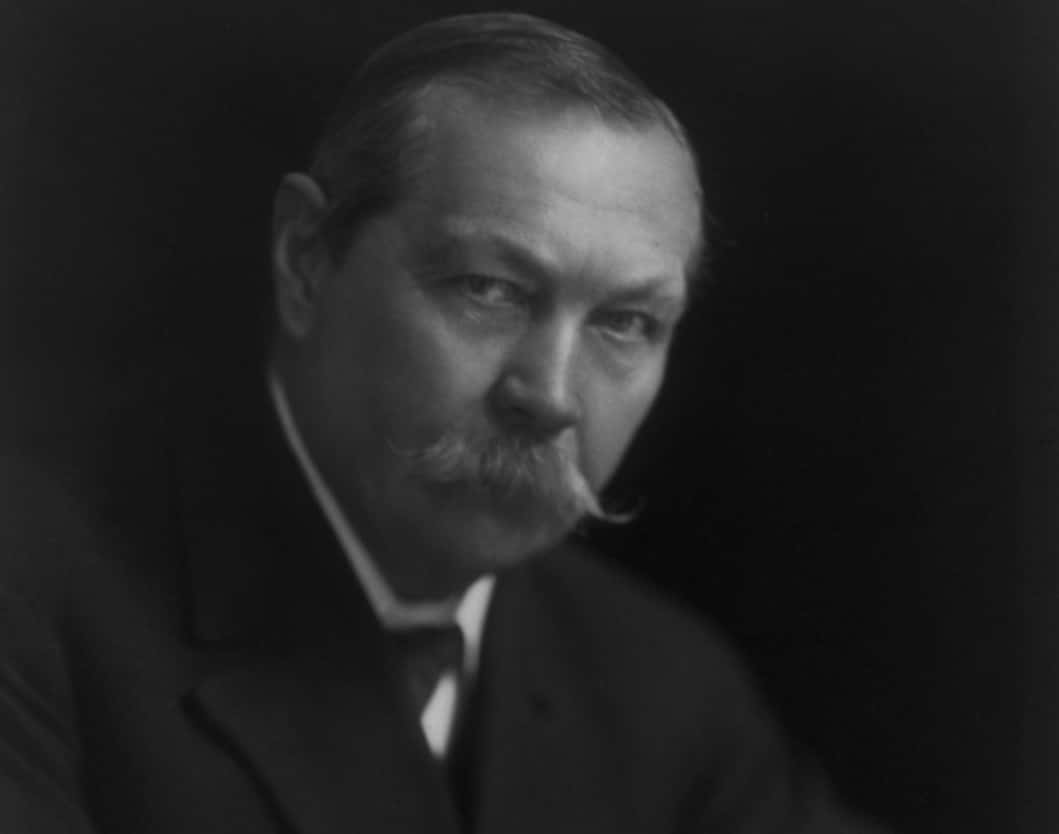 George Grantham Bain Collection, Wikimedia Commons
George Grantham Bain Collection, Wikimedia Commons
35. He Had Odd Beliefs
Looking back, not all of Doyle's ideas hold water. He belonged to the infamous "Ghost Club" and felt certain that Harry Houdini wasn't just a magician but an actual supernatural force. Even though Houdini explicitly told Doyle that his tricks were just that—tricks—Doyle never believed him. In one of his spiritualist books, Doyle pretty much said that Houdini was an honest-to-God psychic wizard. And somehow, that wasn't even his most controversial idea.
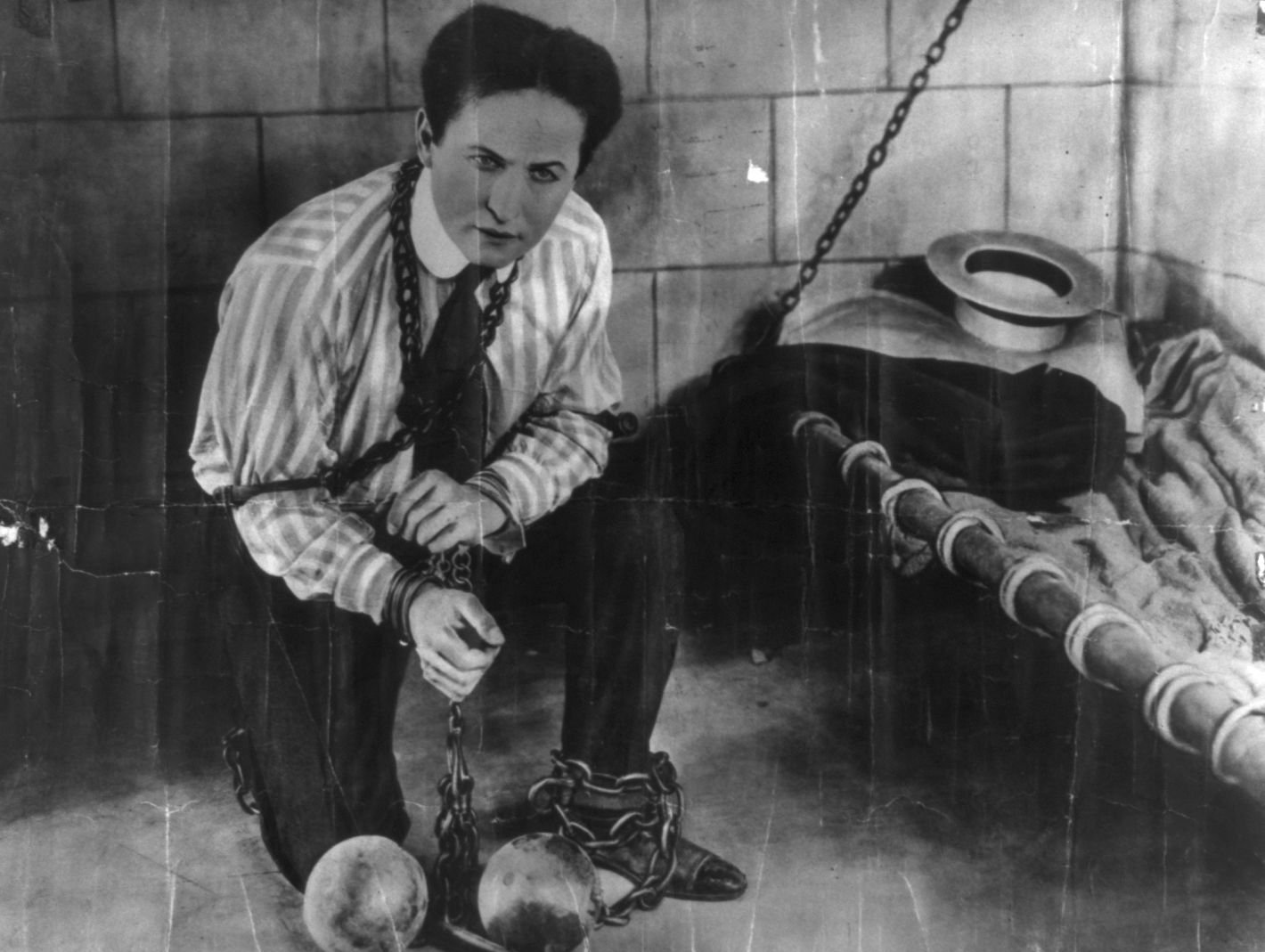 Lasky Corporation, Wikimedia Commons
Lasky Corporation, Wikimedia Commons
36. He Believed In Fairies
In 1917, two young girls from the village of Cottingley claimed to have photographs of themselves with fairies. One of the few people to wholeheartedly believe them was Doyle. He even wrote a book arguing that the pictures were legitimate. Houdini, on the other hand, had once been a fake medium himself and didn't buy the girls' story.
In the end, Houdini was right. It took until 1983, but the girls eventually confessed that the whole thing was a hoax. However, some people think that even if Doyle believed in this prank, he might have been the mastermind behind another, even bigger trick.
37. He Might Have Fooled The World
In 1912, a ground-breaking discovery shook England. The amateur archaeologist Charles Dawson found a skull that he claimed was the "Missing Link" between humans and chimps. In time, it turned out that the skull was a fake, which begged the question, who was behind it all? Naturally, suspicion fell on Dawson, but others have suggested a far more twisted explanation.
They say that the paleological prankster was Sir Arthur Conan Doyle. After all, Doyle was a close friend of Dawson’s, spent time in Piltdown, and even speculated in one of his books that it wouldn’t be hard to fake a fossil.
38. He's Why We Have Jurassic Park
Doyle didn't just create Sherlock Holmes—he's also the reason we have Jurassic Park. His novel The Lost World was about an island where dinosaurs and other prehistoric animals still live. This premise inspired Michael Crichton to write Jurassic Park and its sequel, meaningfully titled The Lost World. But there's a dark story behind Doyle's original novel.
Back in 1916, Doyle was horrified to learn about the atrocities of "The Butcher King" Leopold II. At the time, Leopold was terrorizing the Congo Free State and flagrantly violating basic human rights. Doyle felt that more people needed to know about Leopold's brutality. He wrote a book about the dire situation and teamed up with a journalist and a diplomat to campaign for change. As a tribute to his comrades, Doyle based characters in The Lost World on them. Side Note: One of Doyle's pals (the diplomat) later went insane and was charged with treason, but we won't talk about that.
39. He Was a Risk-Taker
Conan Doyle had a ton of energy. Here's some stuff he did that doesn't fall under the umbrellas of "Sherlock Holmes" and "Wacky Spiritualism." Doyle was one of the first people to go skiing in Switzerland and even helped make it the hip winter sport destination that it is today. He also ran for parliament twice. Plus, when the Boer War began, Doyle volunteered as a medical officer on a ship to Africa and fought the brutal typhoid outbreak. But not all his achievements were positive.
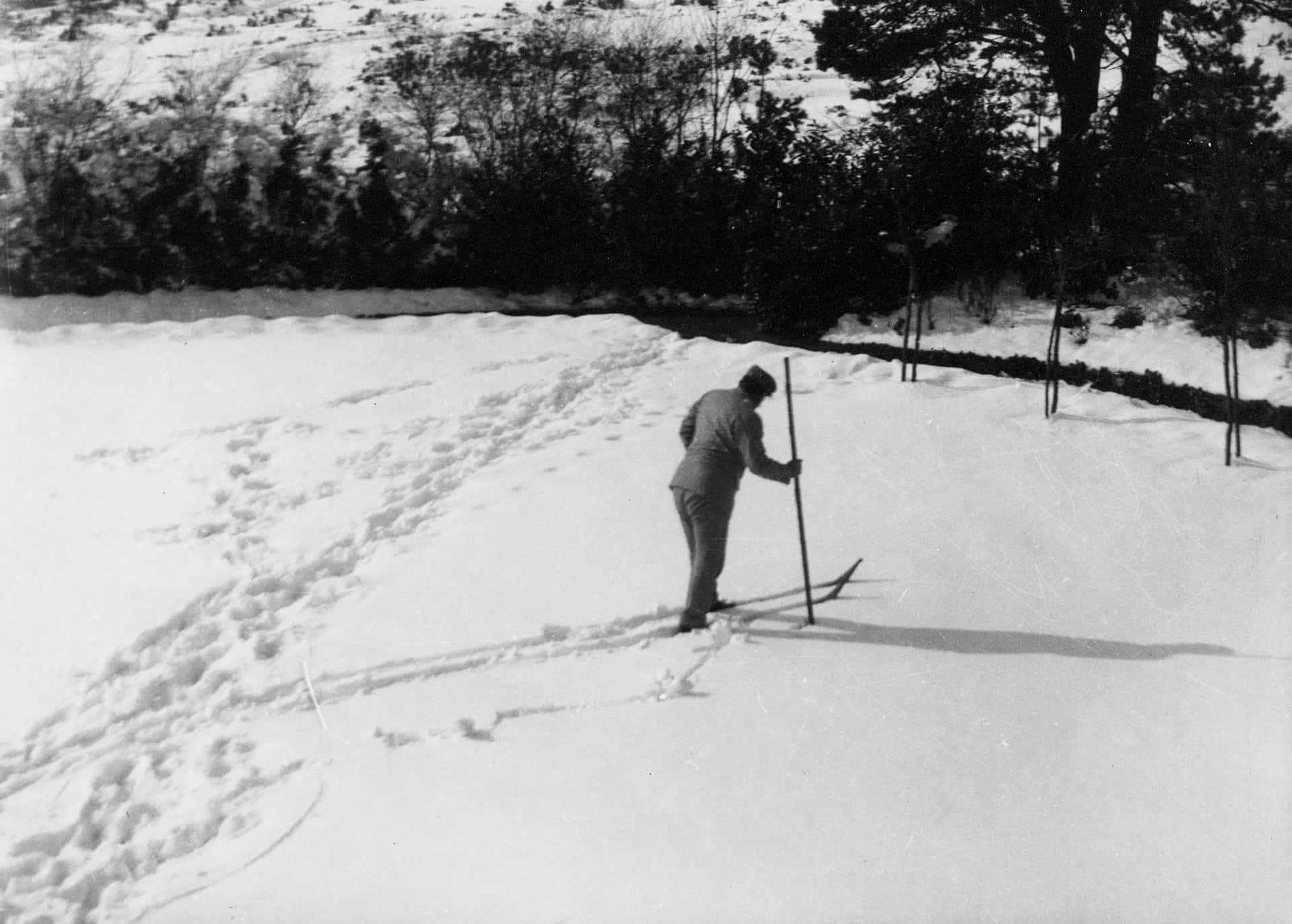 Unknown, Toronto Public Library
Unknown, Toronto Public Library
40. He Became a Knight
How did Doyle upgrade from regular old Arthur to "Sir Arthur Conan Doyle"? One would assume that he earned his Knighthood for creating Sherlock Holmes. But amazingly, the detective had nothing to do with it. King Edward VII knighted Doyle because he wrote a non-fiction pamphlet about his experiences in the Boer War. When Doyle heard that the King wanted to knight him, he tried to turn down the honor, saying he was just doing his duty. Doyle's mother. convinced him to accept the title. However, there's a dark side to Doyle's big achievement.
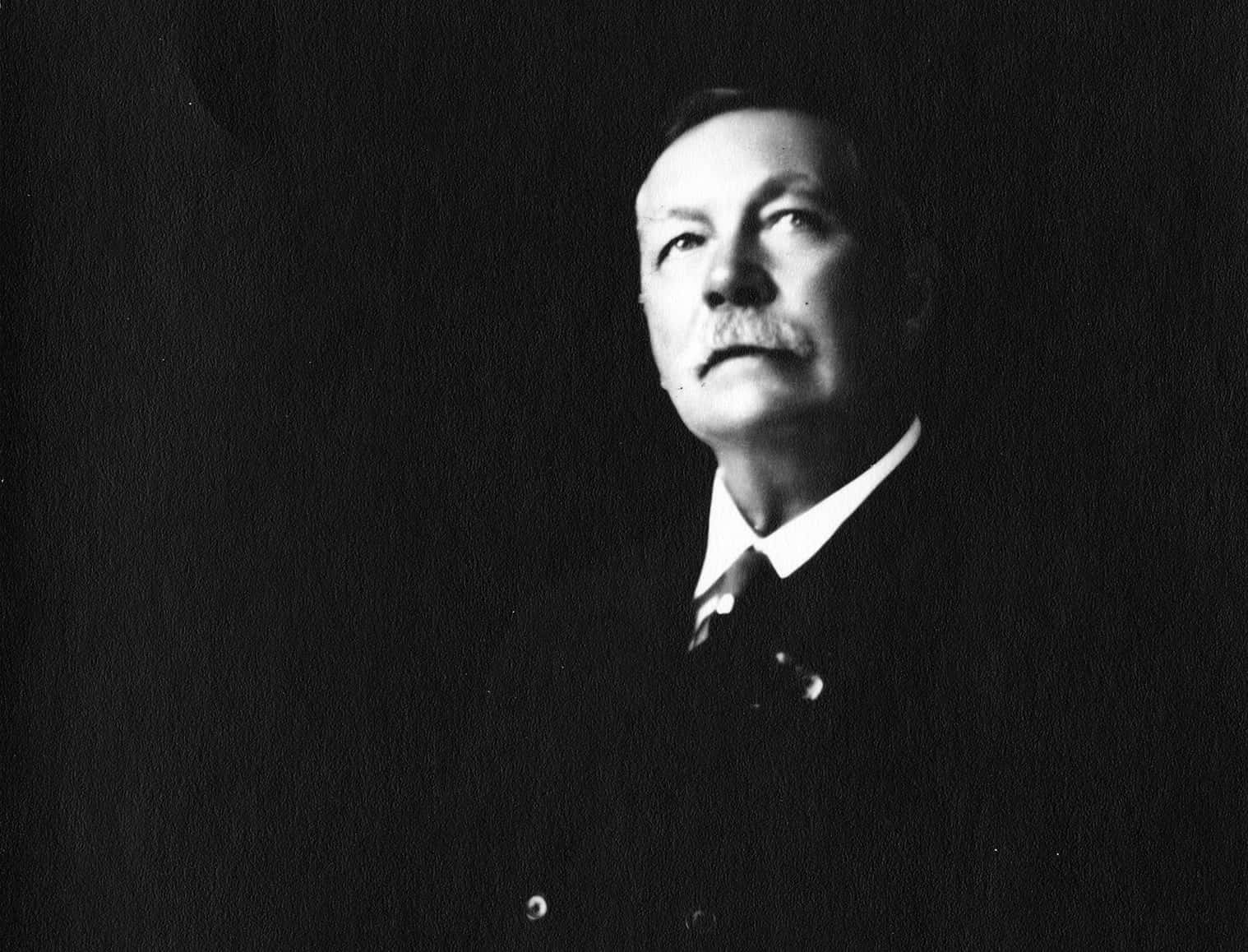 Unknown, Toronto Public Library
Unknown, Toronto Public Library
41. But His Achievement Had a Dark Side
The Boer War was, shall we say, controversial. Some people, like Doyle, thought that the English were underdogs. Other people, including Doyle's own mother, believed the opposite. The British said they were fighting on behalf of foreigners who weren't allowed to vote. But in reality, they just wanted to control the hefty gold deposits in the Boer Republic. Since Doyle's pamphlet defended Britain's involvement in the conflict, people have wondered if he got knighted for writing propaganda.
 William Skeoch Cumming, Wikimedia Commons
William Skeoch Cumming, Wikimedia Commons
42. He Was Ahead of His Time
Even so, some good came out of Doyle's trip to the Boer Republic. After seeing how typhoid ravaged so many lives abroad, Doyle firmly believed that the only reason he'd escaped unscathed was because he had a typhus vaccine. After that, he publicly campaigned in favor of vaccinations and supported improving the forces' living conditions while abroad, specifically saying that they should boil their water to avoid bacteria.
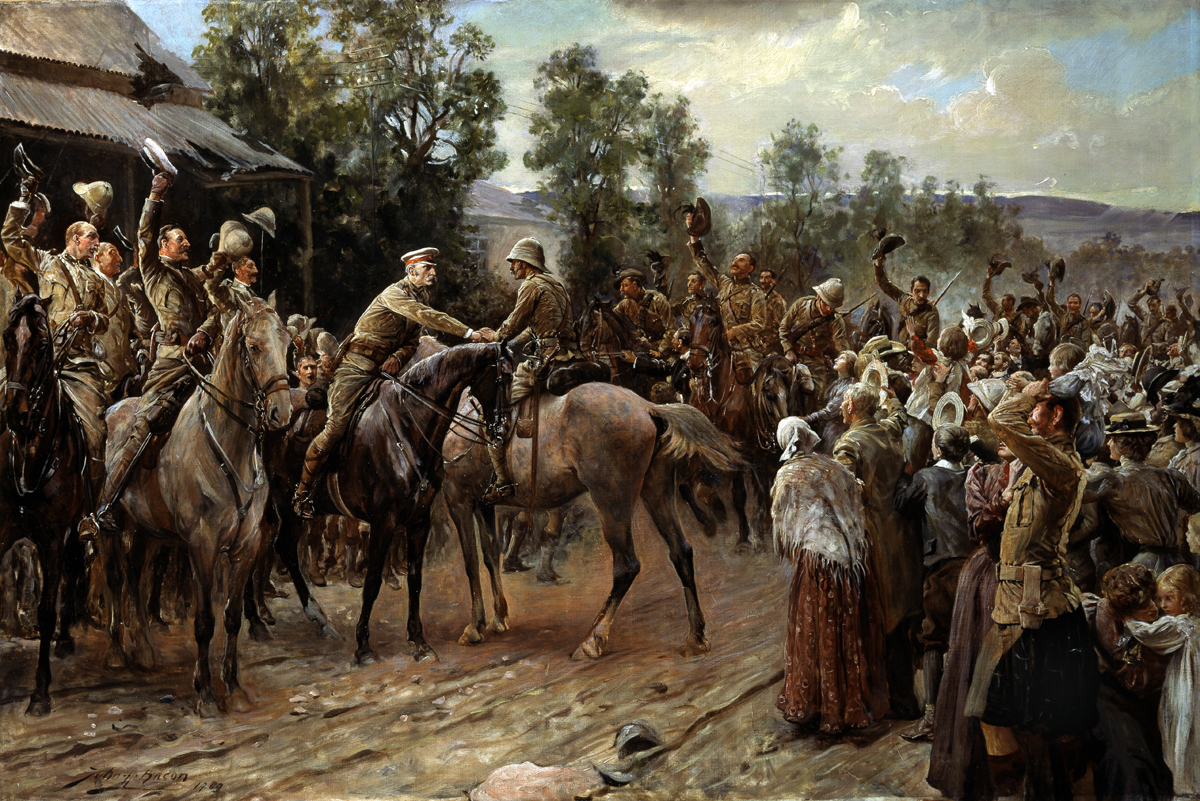 John Henry Frederick Bacon, Wikimedia Commons
John Henry Frederick Bacon, Wikimedia Commons
43. He Was Part of England's Worst Sports Team
Doyle was big into sports but the intersection of "writer" and "athlete" was pretty rare. Want proof? Check out the "Allah-Akbarries," England's worst cricket team. Peter Pan author J.M. Barrie led the team, which included famous writers like Rudyard Kipling, H.G. Wells, Winnie the Pooh's A.A. Milne, and of course, Conan Doyle. Unfortunately for Barrie, everyone except himself and Doyle were just plain awful at cricket. In a memo, he specifically told them not to practice before games because seeing their ineptitude would bolster the rival team's sense of impending victory.
Bonus fact: The name of the team, the "Allah-Akabarries," combined Barrie's last name and an Arabic phrase that they thought meant “heaven help us.” The team wasn’t selected for their talent, and the name represented a phrase that they anticipated needing to say...a lot.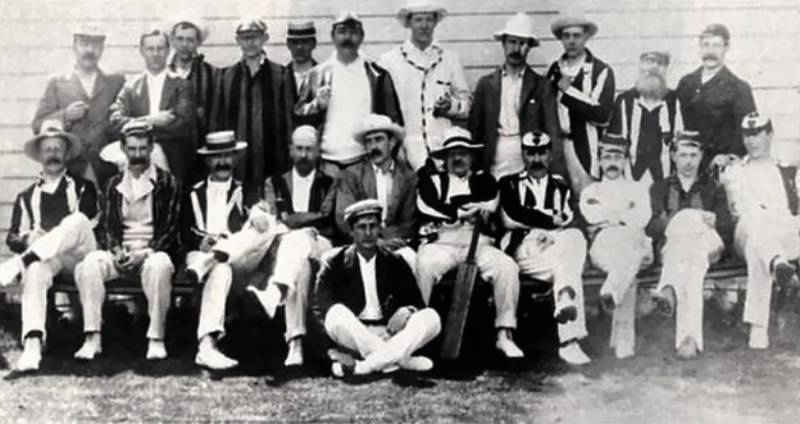 Unknown, Wikipedia
Unknown, Wikipedia
44. He Had a Hunch
Sherlock Holmes wasn’t the only one with some keen investigative skills. Conan Doyle liked to apply Holmes’ techniques to real cases, and it actually led him to free a wrongly-convicted man. Back in 1908, an elderly woman named Miss Gilchrist was brutally beaten—apparently because someone wanted to get their hands on her expensive diamond brooch. After her demise, the forces apprehended Oscar Slater, a Jewish man with a lengthy record. They felt certain that he was the culprit. Doyle, however, believed otherwise.
 William Roughead, Wikimedia Commons
William Roughead, Wikimedia Commons
45. He Freed An Innocent Man
Doyle first supported Slater in 1912, but it took much longer for the truth to come out. In 1928, thanks to Doyle’s efforts, the courts reopened the case and granted Oscar Slater a retrial. It turned out that the forces had covered up contradictory evidence and framed Slater for Gilchrist's violent demise. After these revelations, the jury found Slater innocent and after serving almost 20 years of penal servitude, he finally walked free.
 William Roughead, Wikimedia Commons
William Roughead, Wikimedia Commons
46. His Son Perished
Let's address the elephant in the room: Why was Doyle so obsessed with spiritualism? Some critics believe that the reason goes back to 1918. That was the year that Doyle's beloved first son, Arthur Alleyne Kingsley, contracted a fatal case of pneumonia and perished at just 26 years of age. Any parent would grieve—but Doyle’s reaction was utterly disturbing. As we know, Doyle had always been interested in the occult, and his son’s demise pushed him over the edge. He became obsessed with “spirit photography” and even believed that certain pictures, like the one below, showed his deceased son's spirt from beyond the grave.
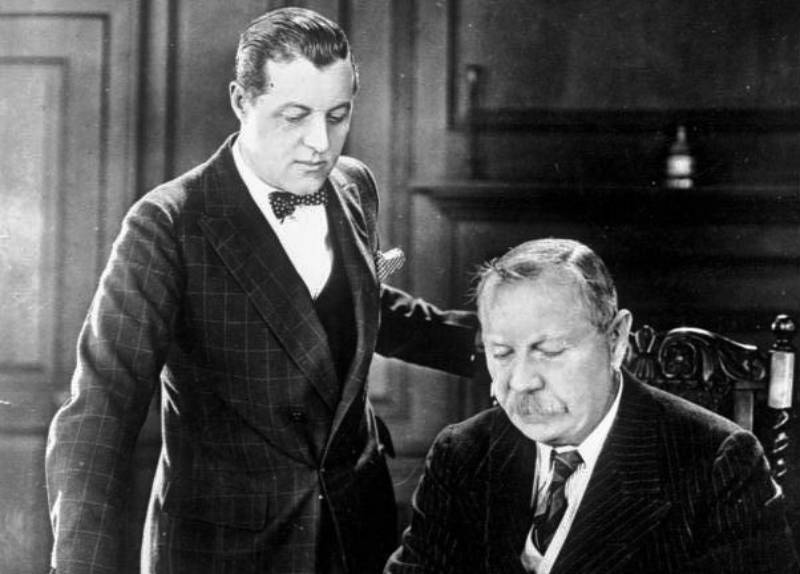 Bundesarchiv, Bild / , CC BY-SA 3.0 DE , Wikimedia Commons
Bundesarchiv, Bild / , CC BY-SA 3.0 DE , Wikimedia Commons
47. His Family Refused to Say Goodbye
After a very long and very full life, Arthur Conan Doyle suffered a fatal heart attack in 1930. At the time, the author was sitting in his garden with a flower in his hand. His last words were allegedly to his beloved wife Jean, to whom he whispered “You are wonderful." It was a romantic way to leave this Earth, but a few days earlier, Doyle wrote another farewell. The passage reads, "The reader will judge that I have had many adventures. The greatest and most glorious of all awaits me now.”
Evidently, his family agreed. In classic Doyle fashion, they tried to contact him from beyond the grave.
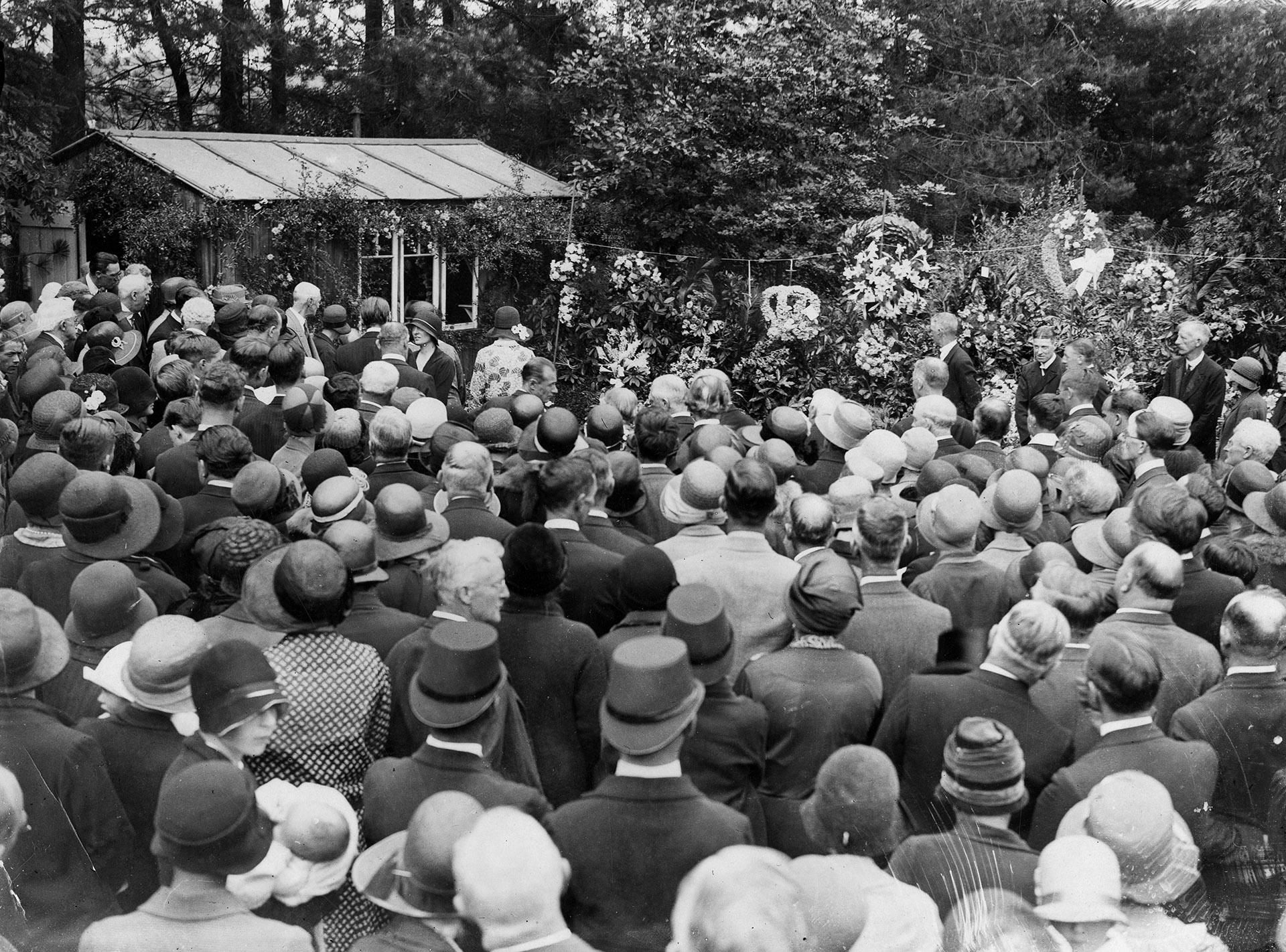 Planet News Ltd, Toronto Public Library
Planet News Ltd, Toronto Public Library
48. His Family Tried To Contact Him
After Doyle passed, a séance at Royal Albert Hall attempted to contact his spirit from beyond the grave. Thousands of Doyle's fans attended the event, including his wife and children. They sat in the front row, with a chair left empty for the ghostly guest of honor, should he decide to appear. He did not, but many people claimed after to have felt his presence anyway.
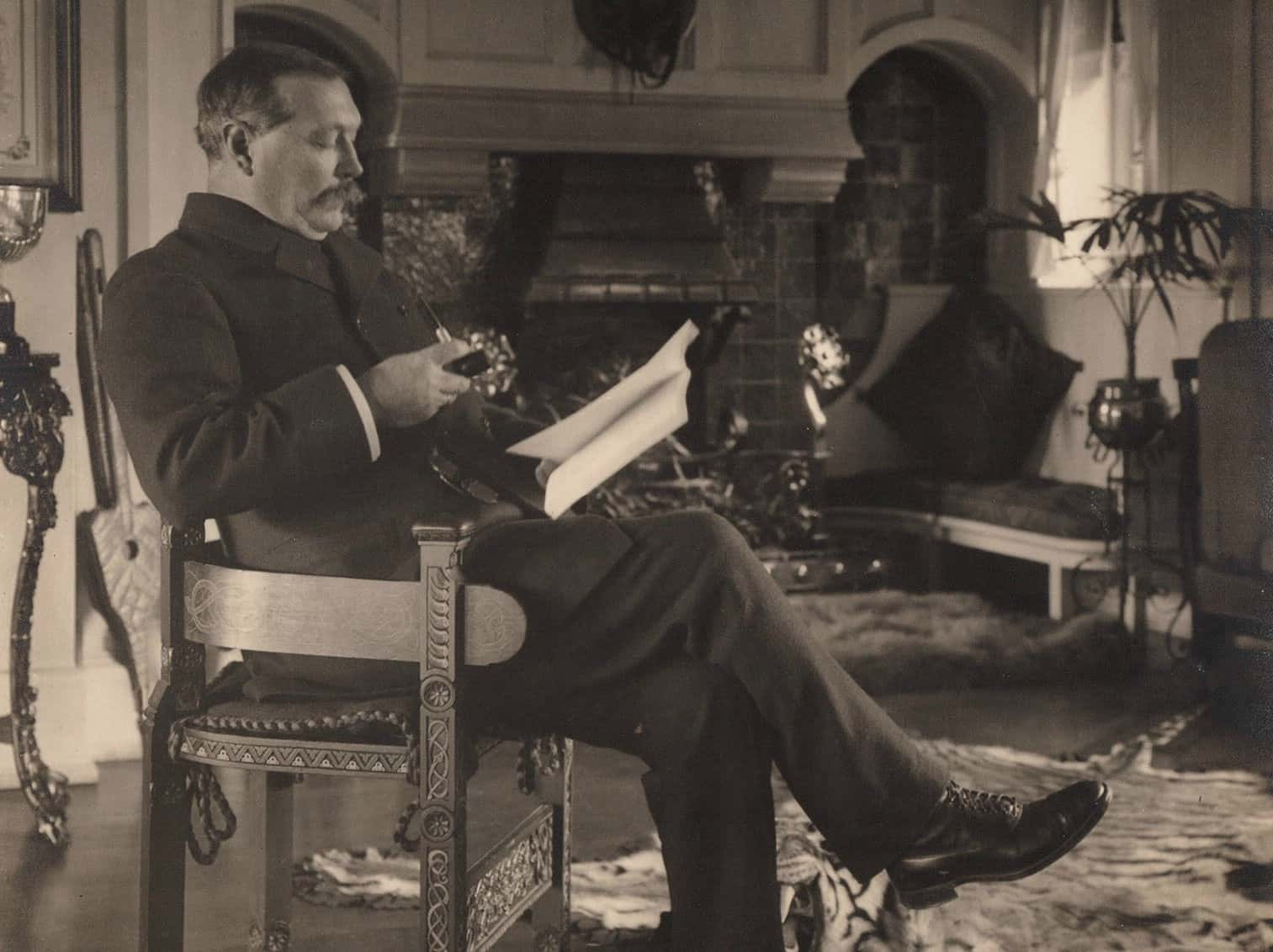 Emil Otto Hoppe , Toronto Public Library
Emil Otto Hoppe , Toronto Public Library
49. His Legacy Lives On
Sherlock Holmes famously lived at 221b Baker Street, but even though the street was a real place in London, the numbers didn’t go up as high as 221. That's why, in 1930, an Art Deco bank received the honorary address. As soon as that happened, the company who owned the building started receiving a crazy amount of fan mail, and a bunch of letters asking for help or advice from Sherlock Holmes. The amount of mail was so high, that Abbey National had to hire someone to take care of it on a full-time basis.
50. His Modern Tributes Are Touching
Here's a fitting tribute to Doyle: The Sherlock Holmes Museum opened in 1990 on none other than Baker Street! The museum is a highly accurate recreation of the home of Holmes and Watson and the décor and furnishings create the illusion of the pair being real people. While the address is technically 237-241 Baker Street, the leader of Westminster City Council officially gave it the address 221B. Thanks to this special numbering, Baker Street is also the only street with a number out of sequence.
 Jordan 1972 , Wikimedia Commons
Jordan 1972 , Wikimedia Commons
Sources: 1, 2, 3, 4, 5, 6, 7, 8, 9, 10, 11, 12, 13, 14, 15, 16, 17, 18, 19, 20

